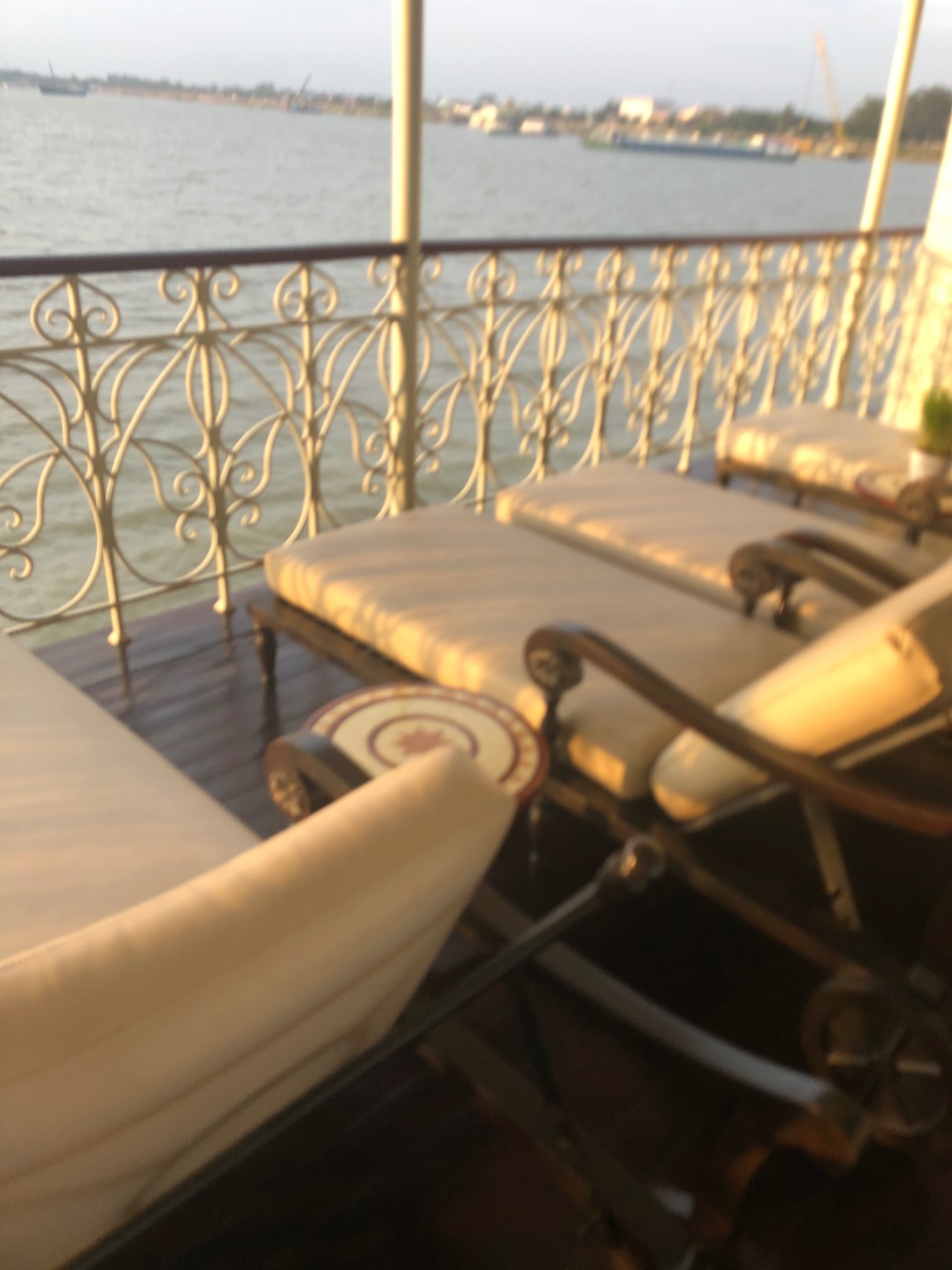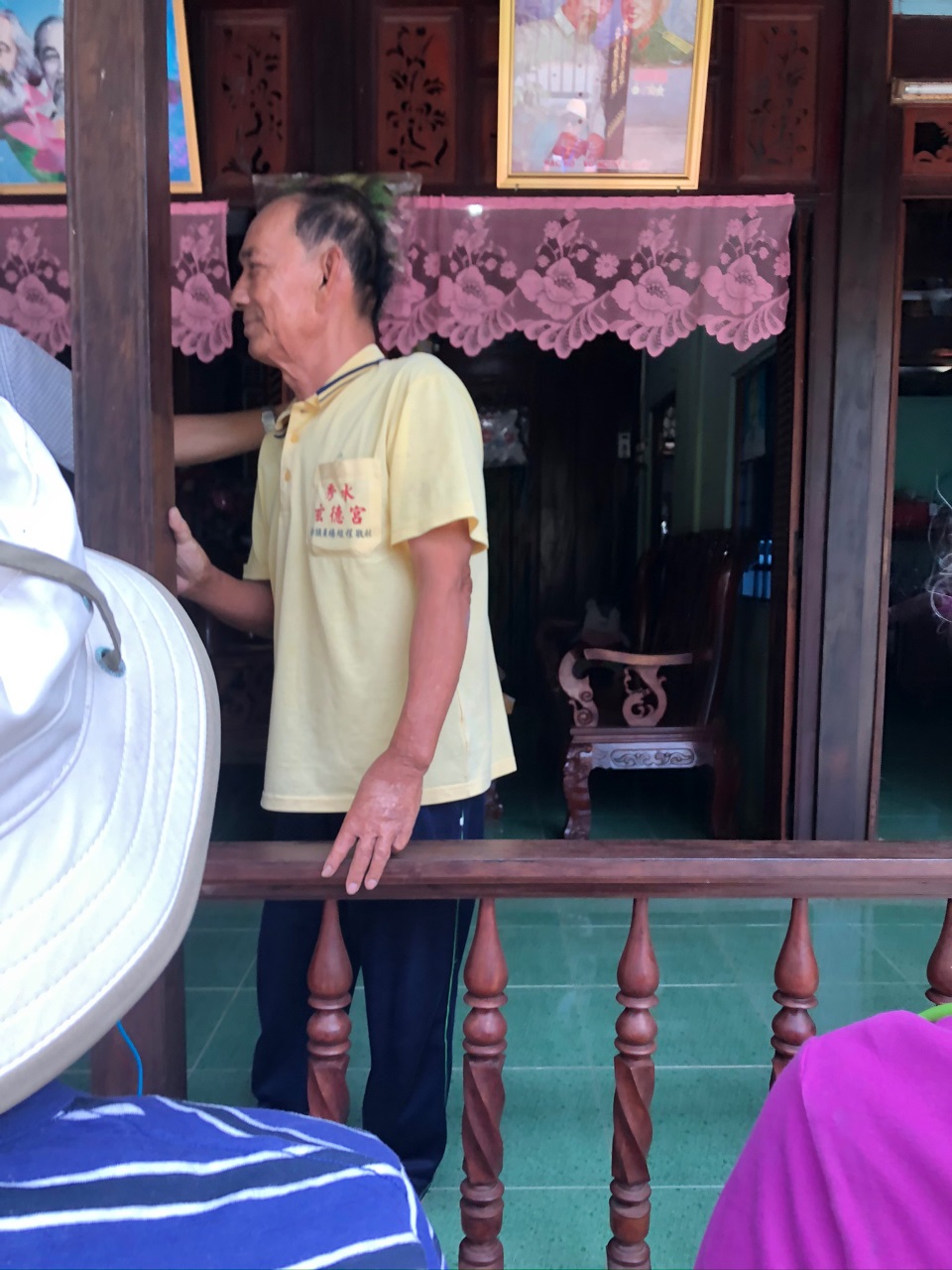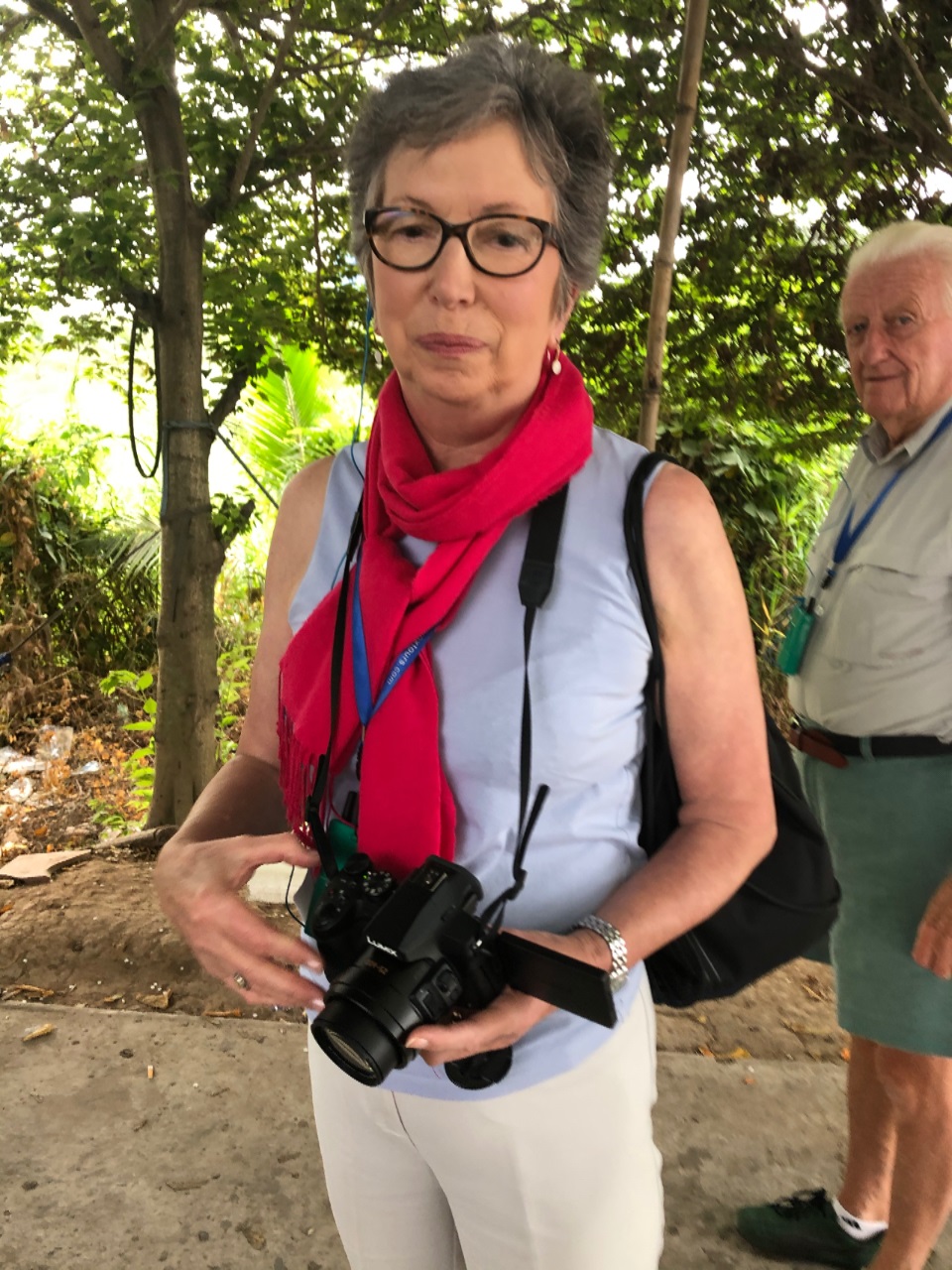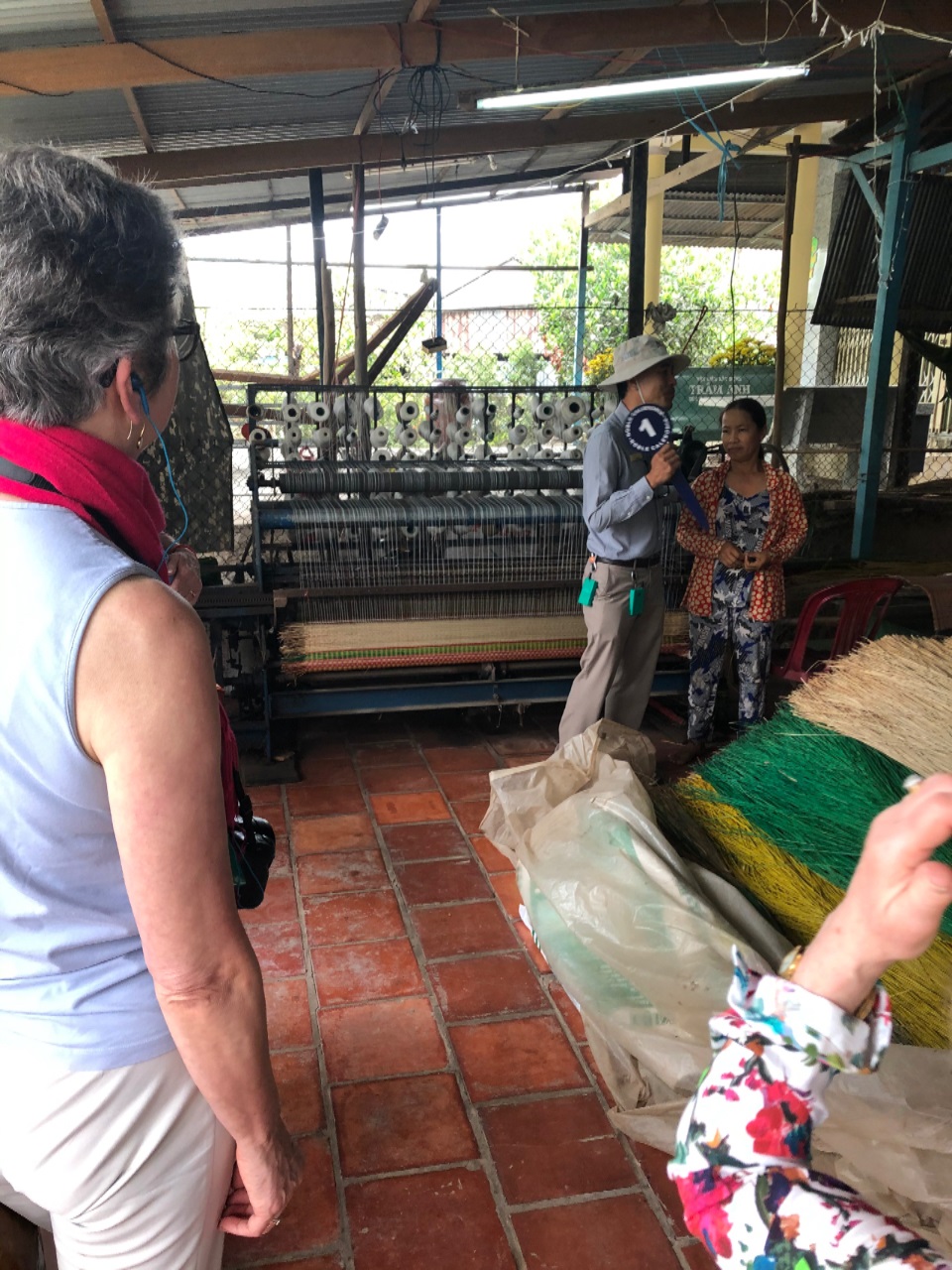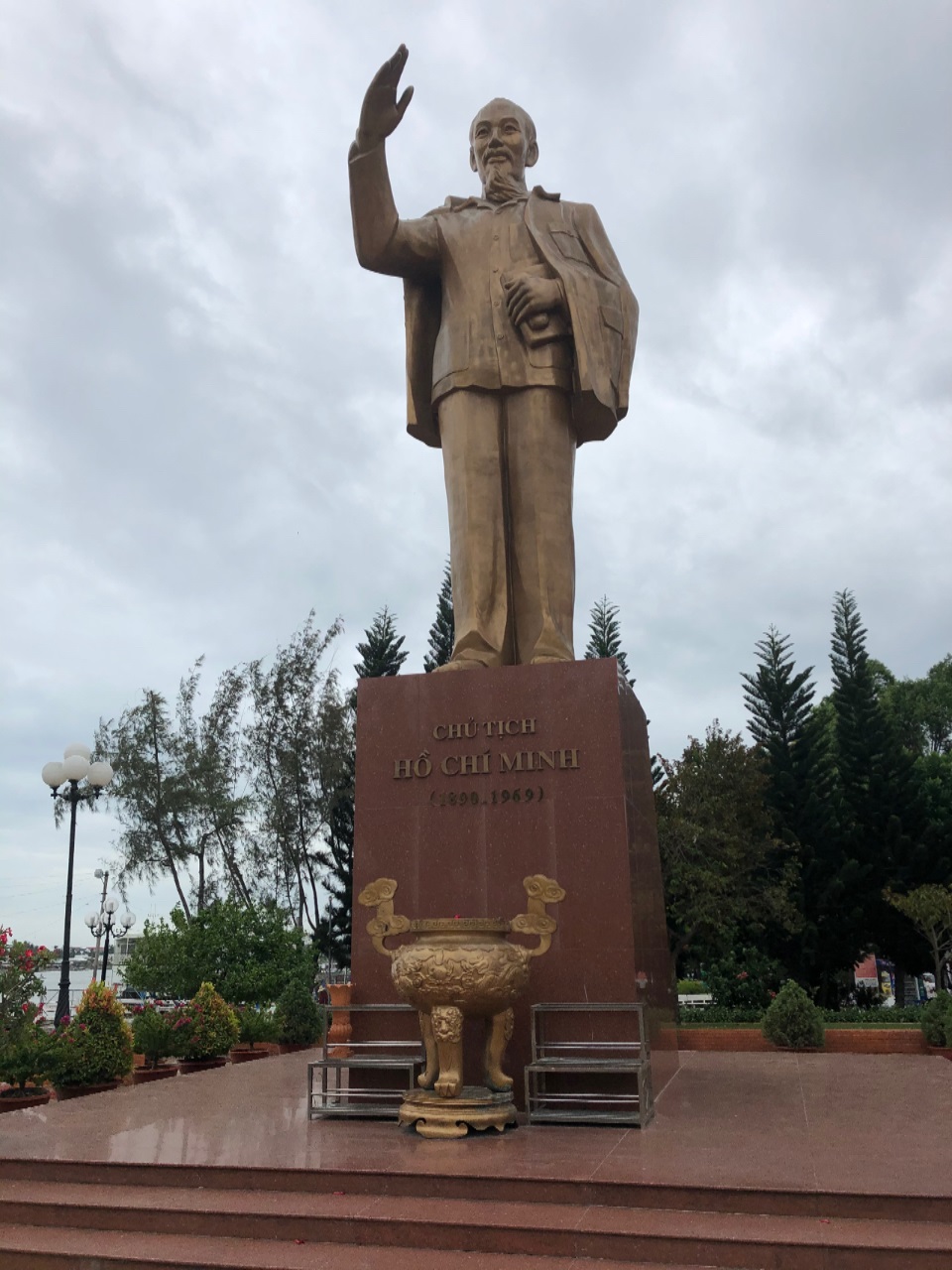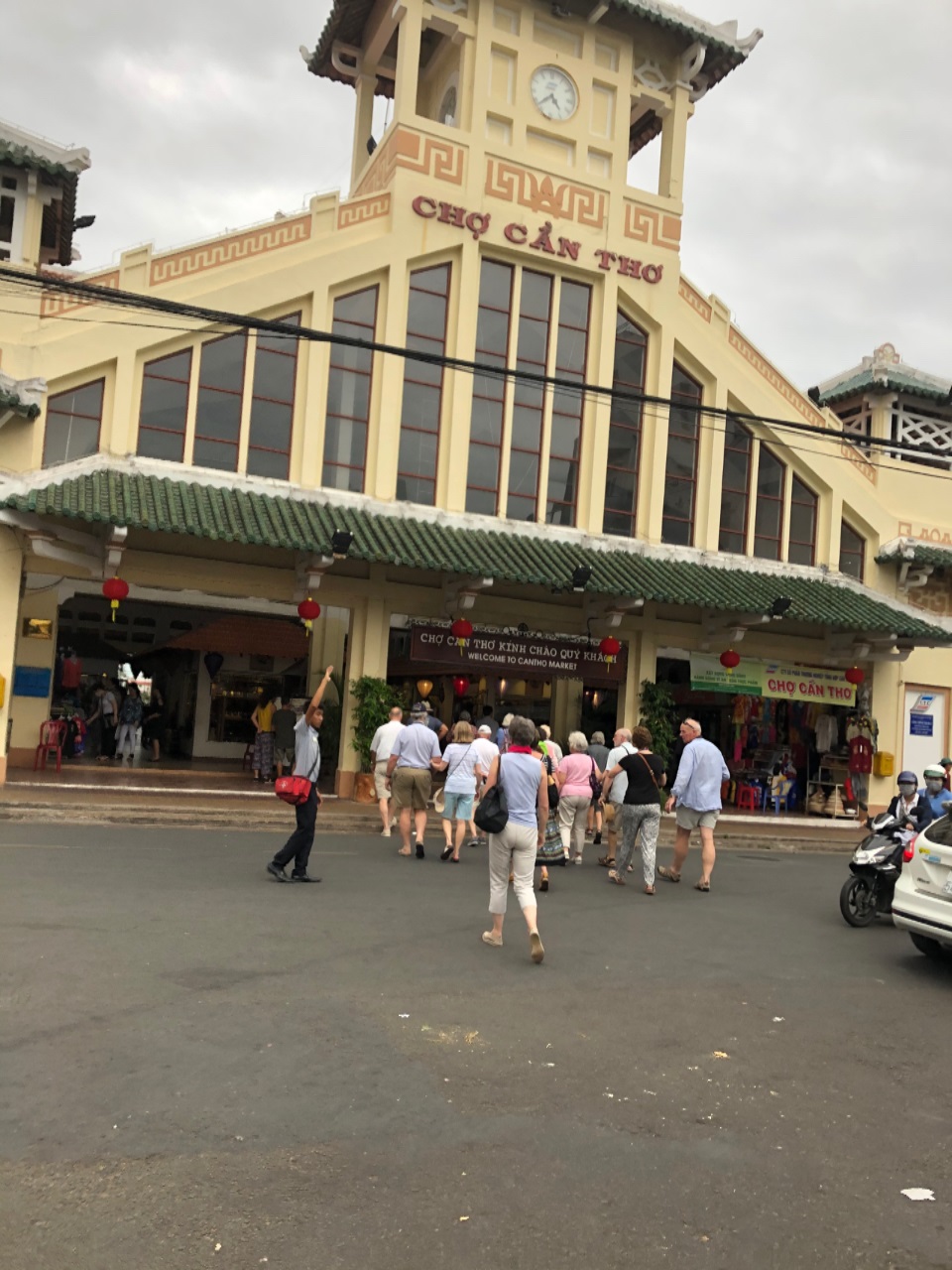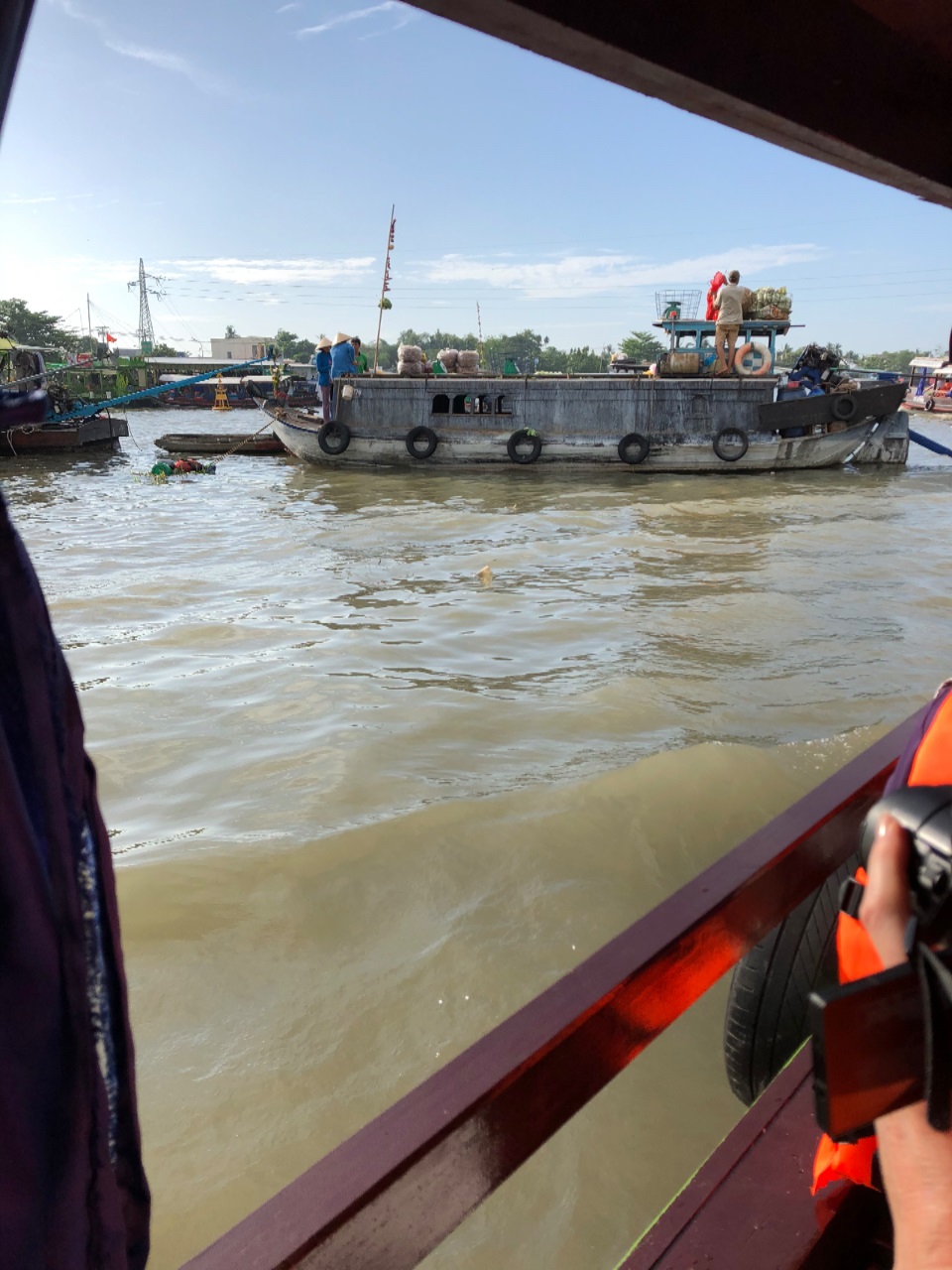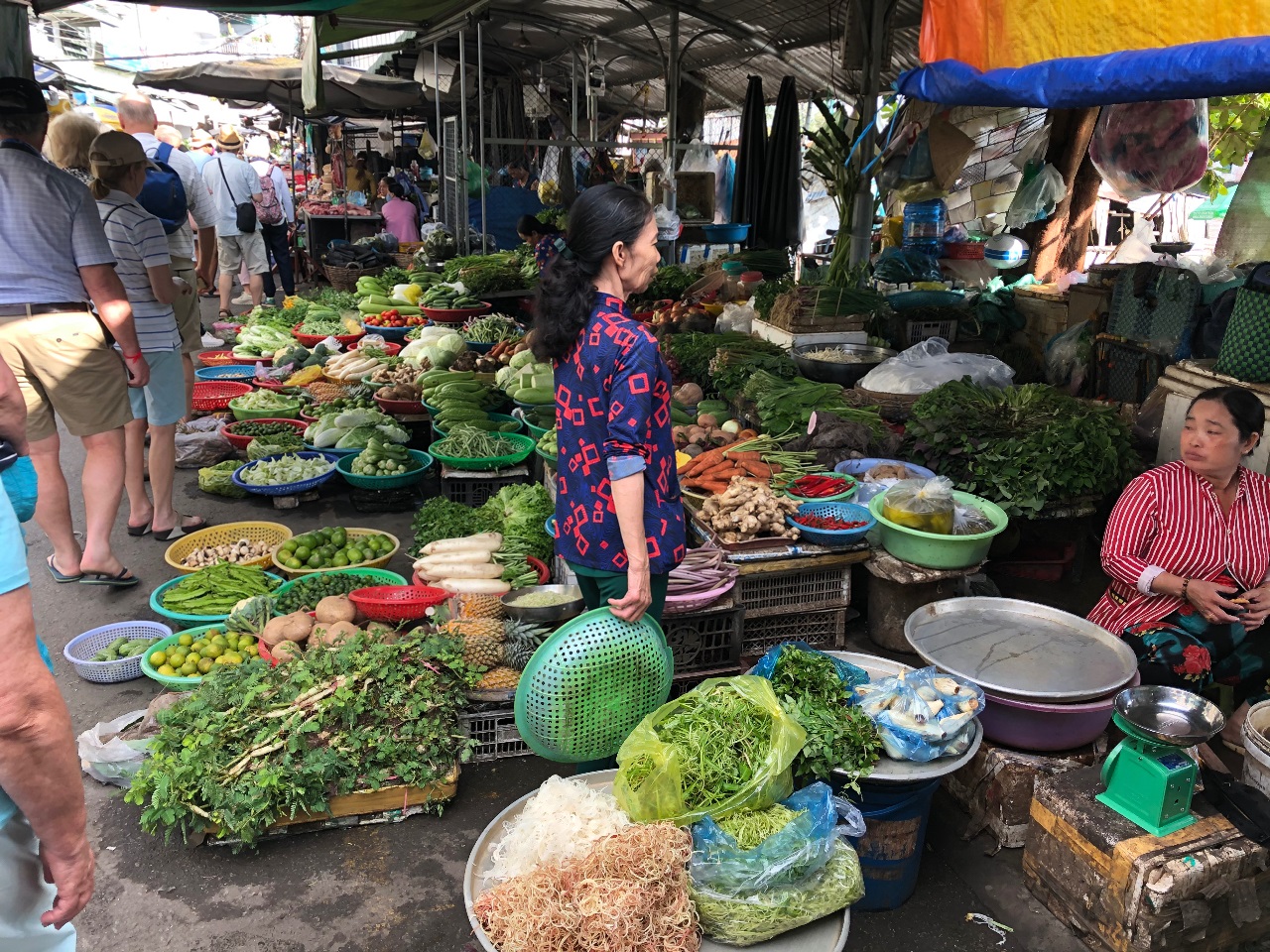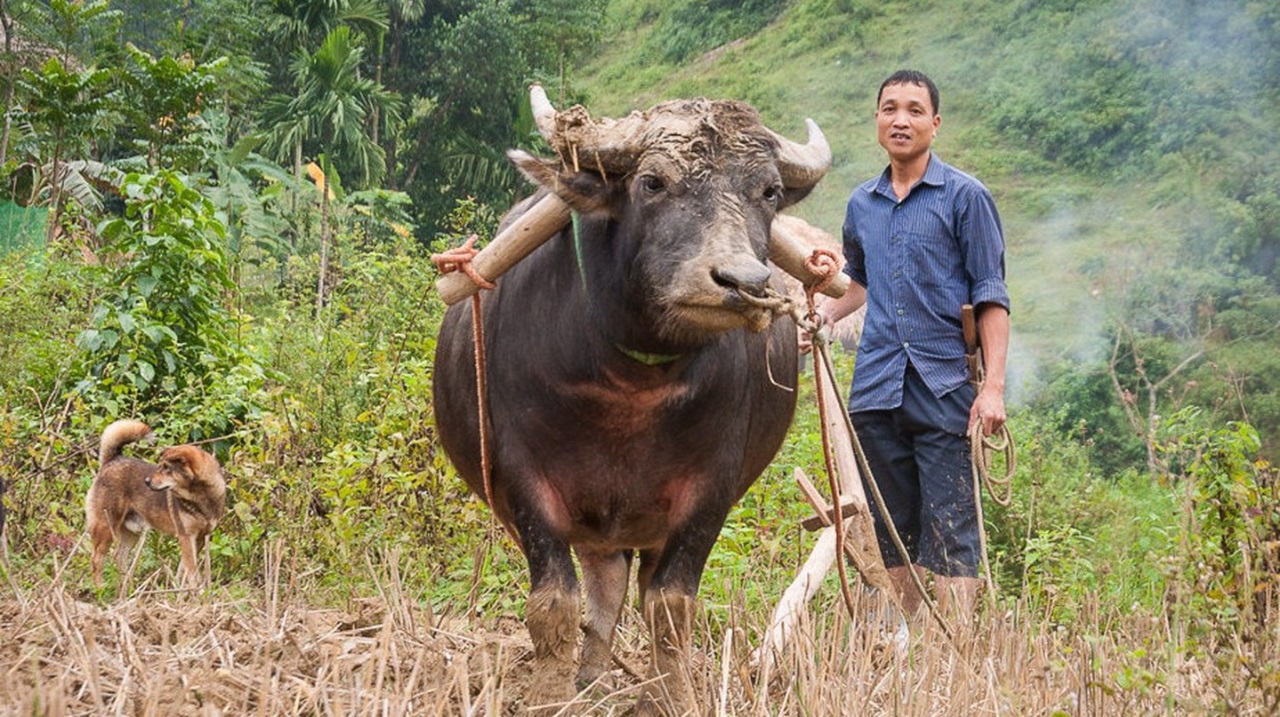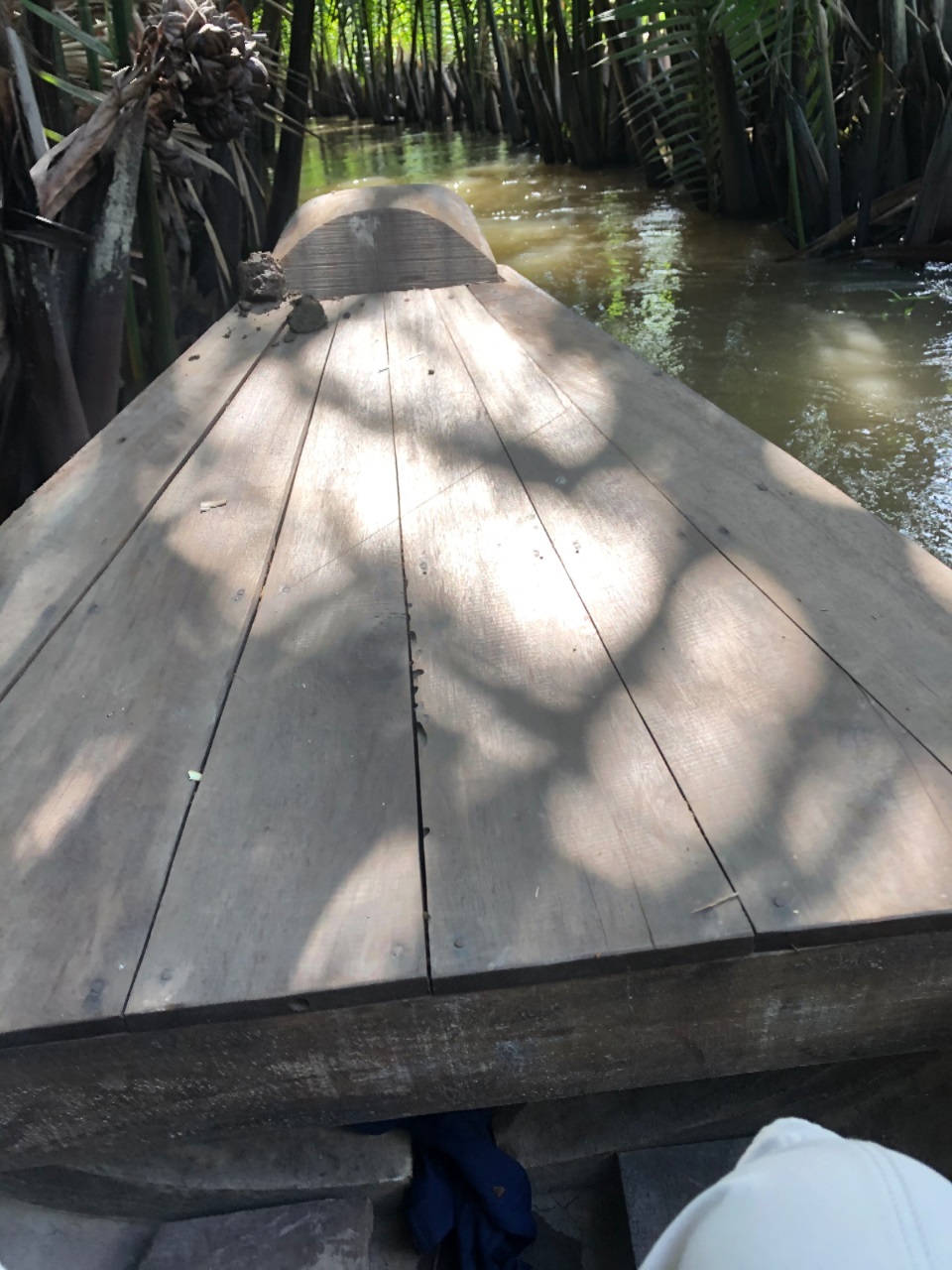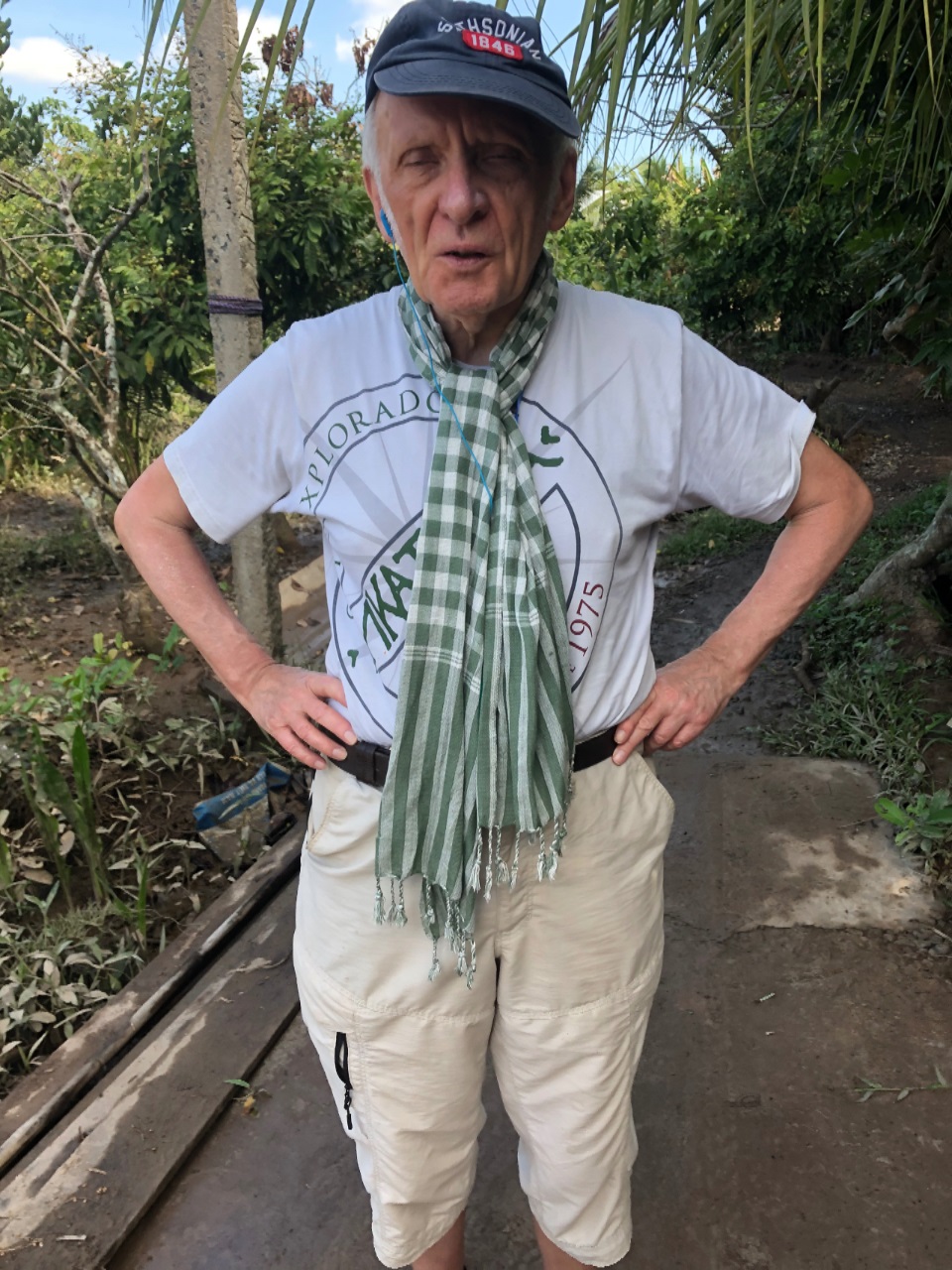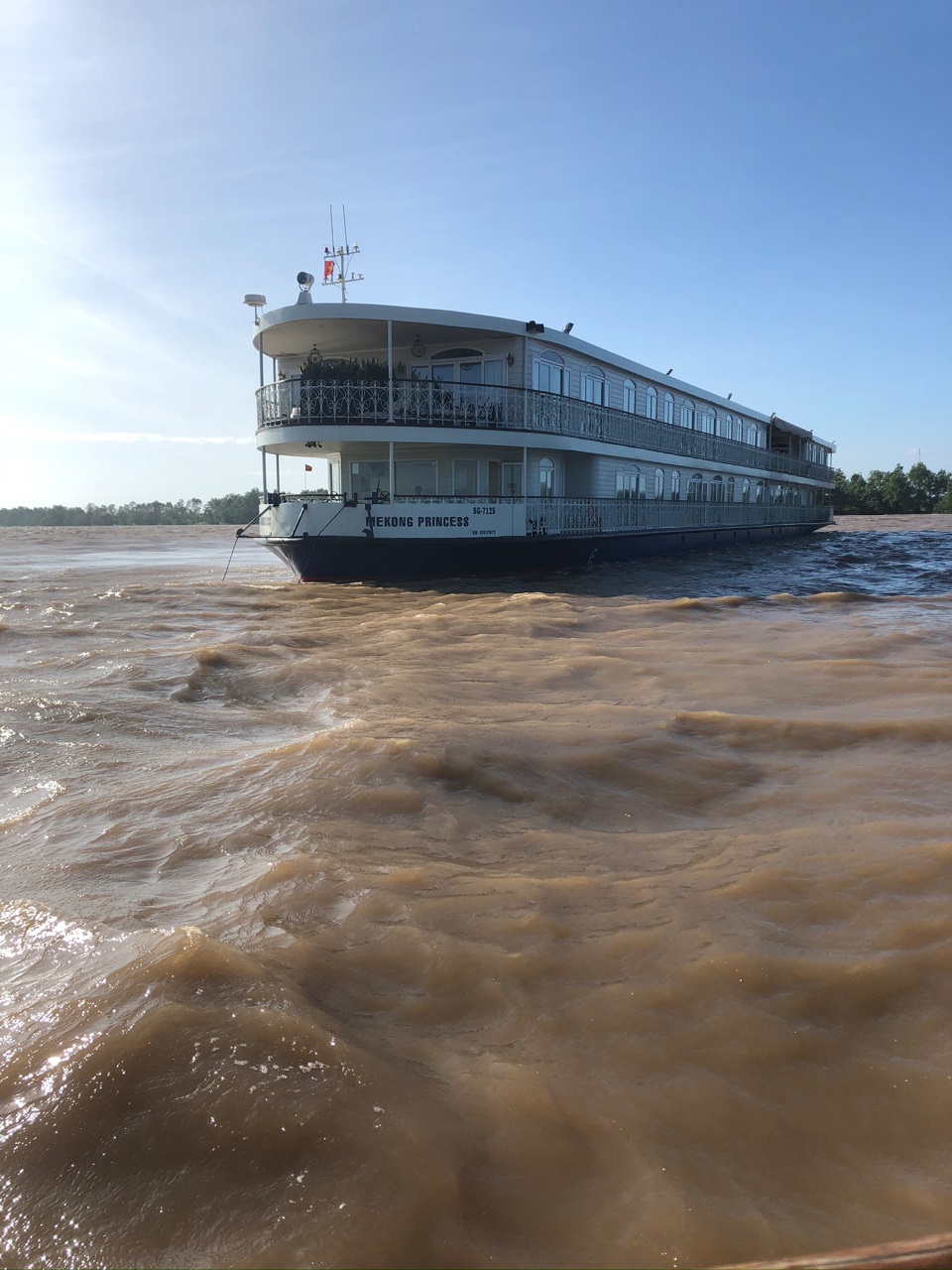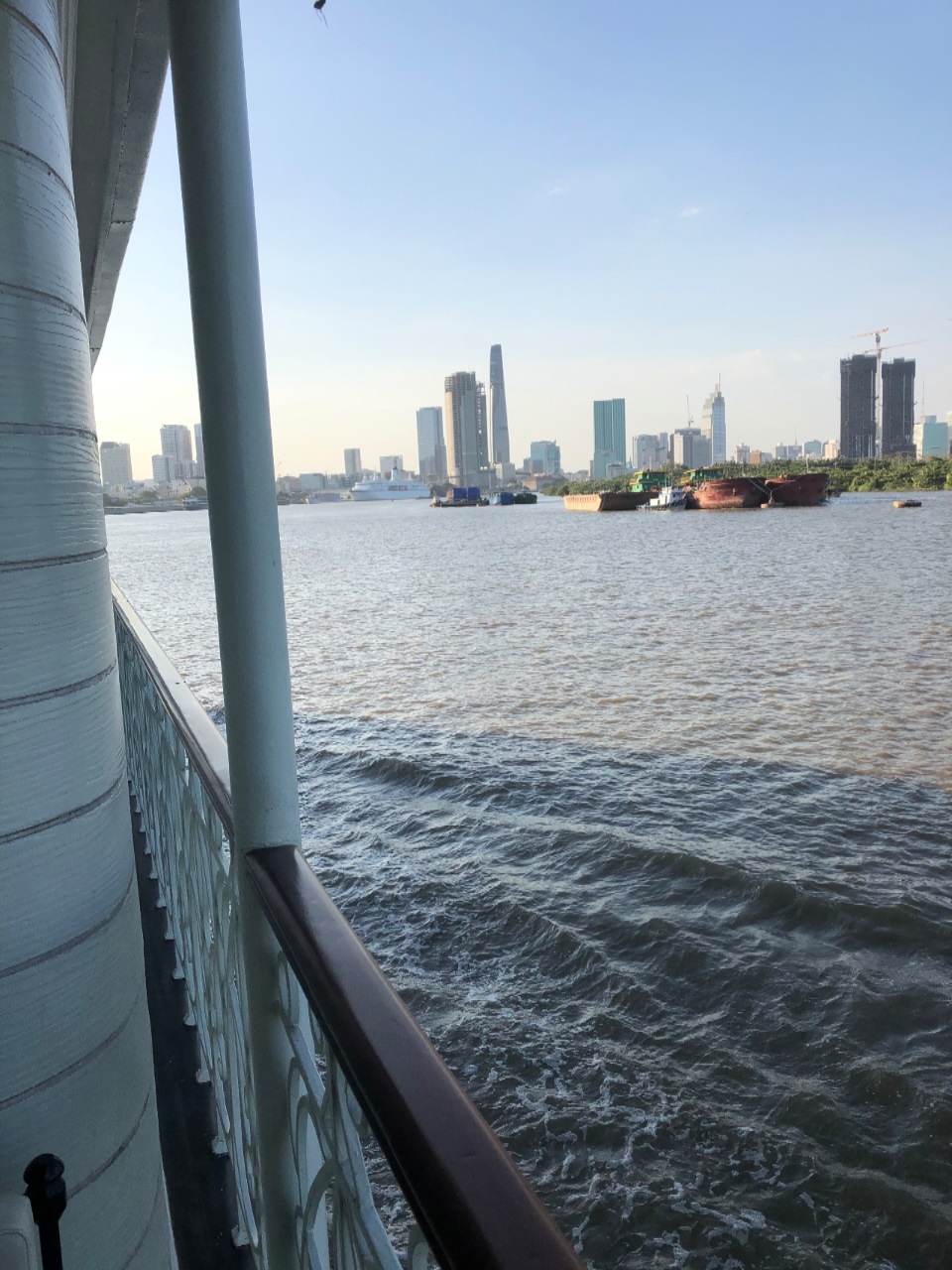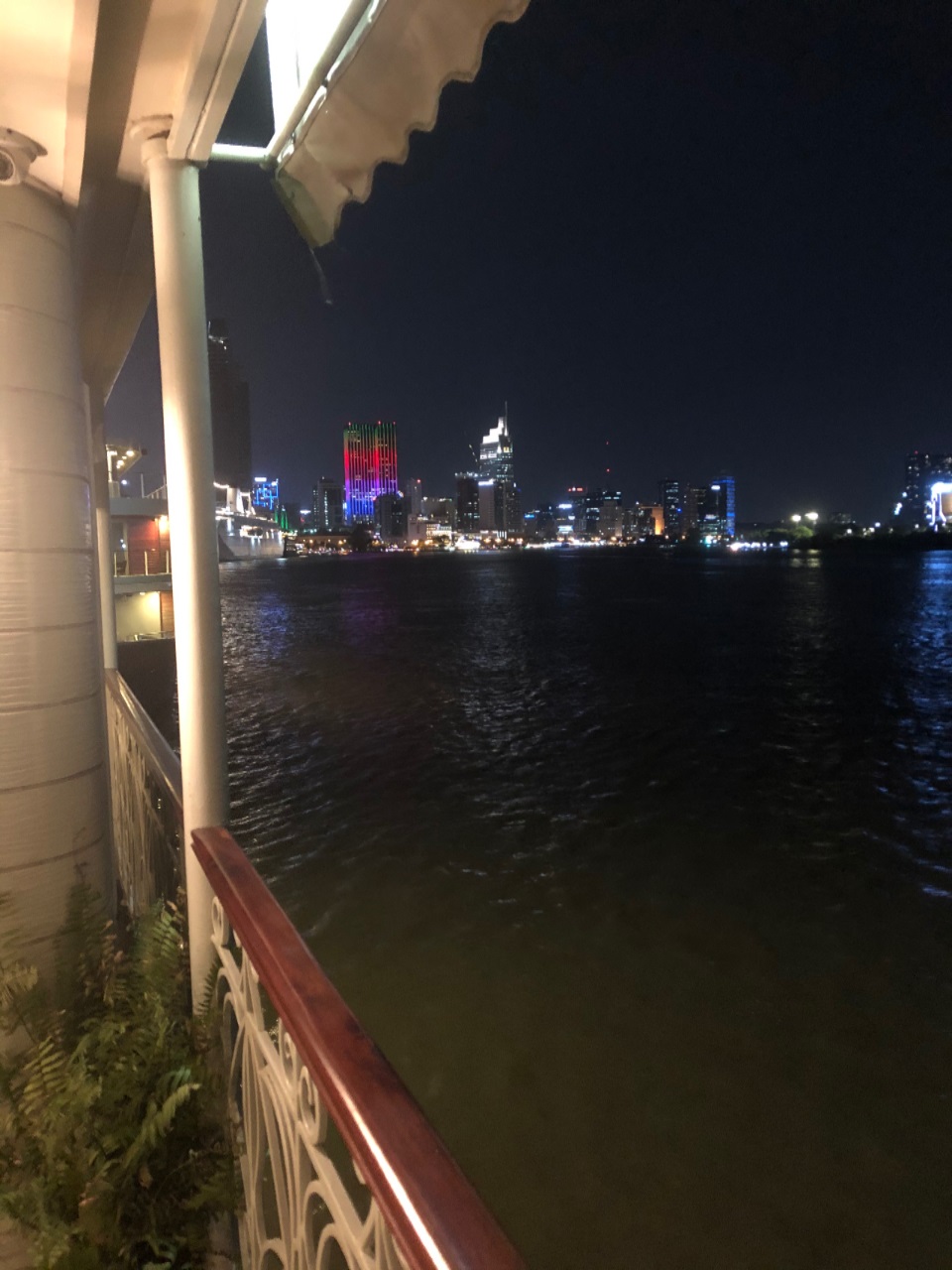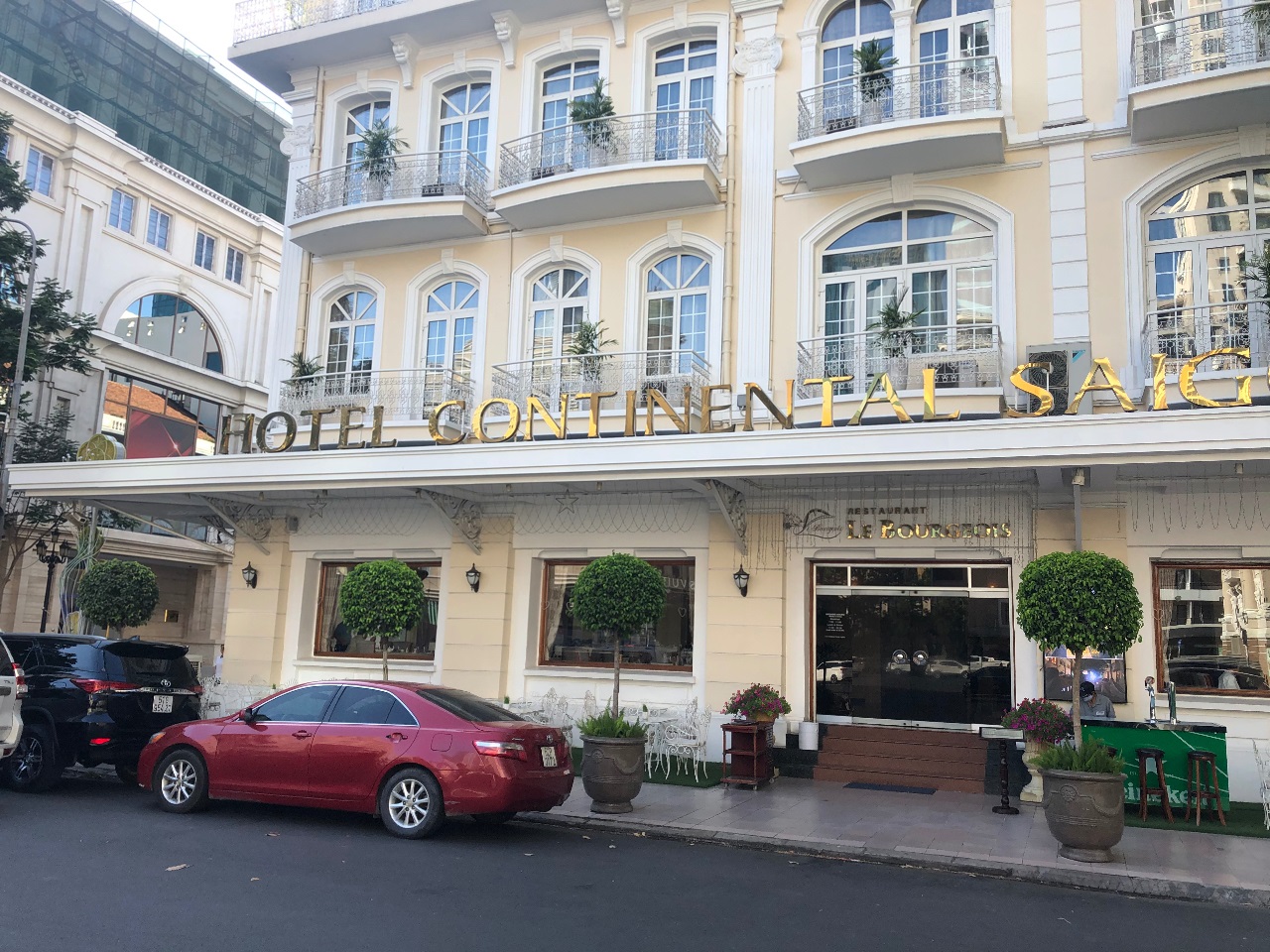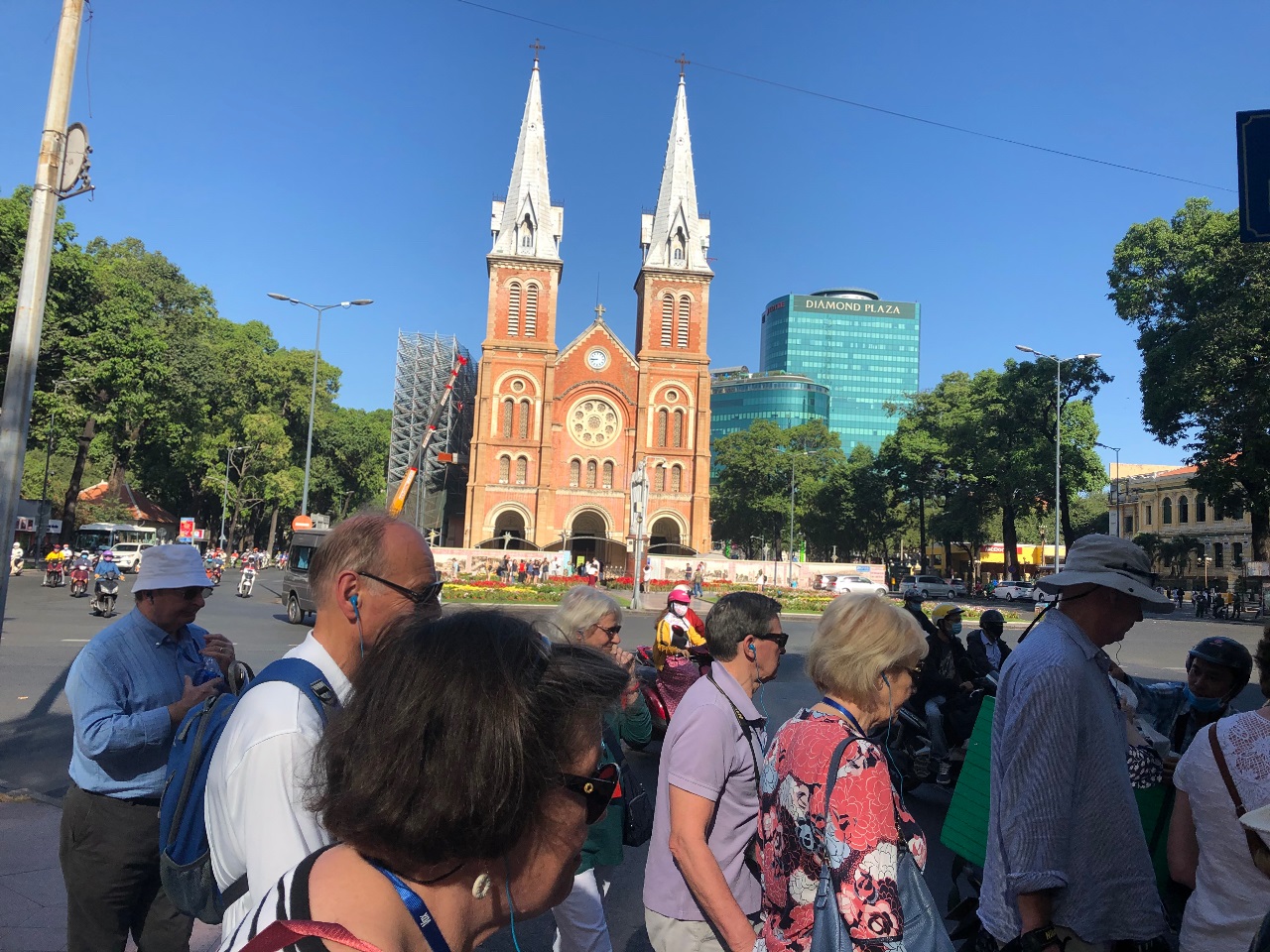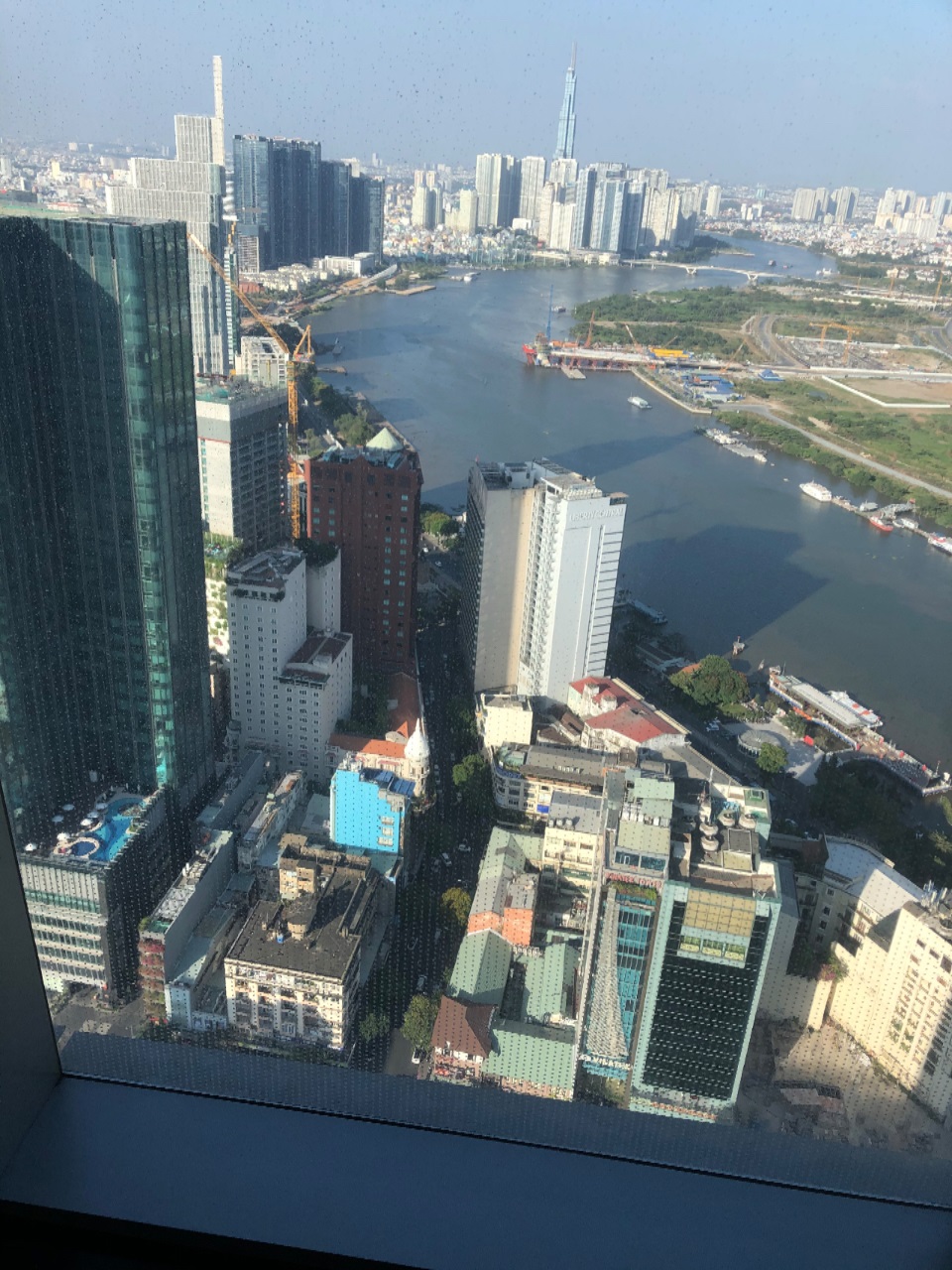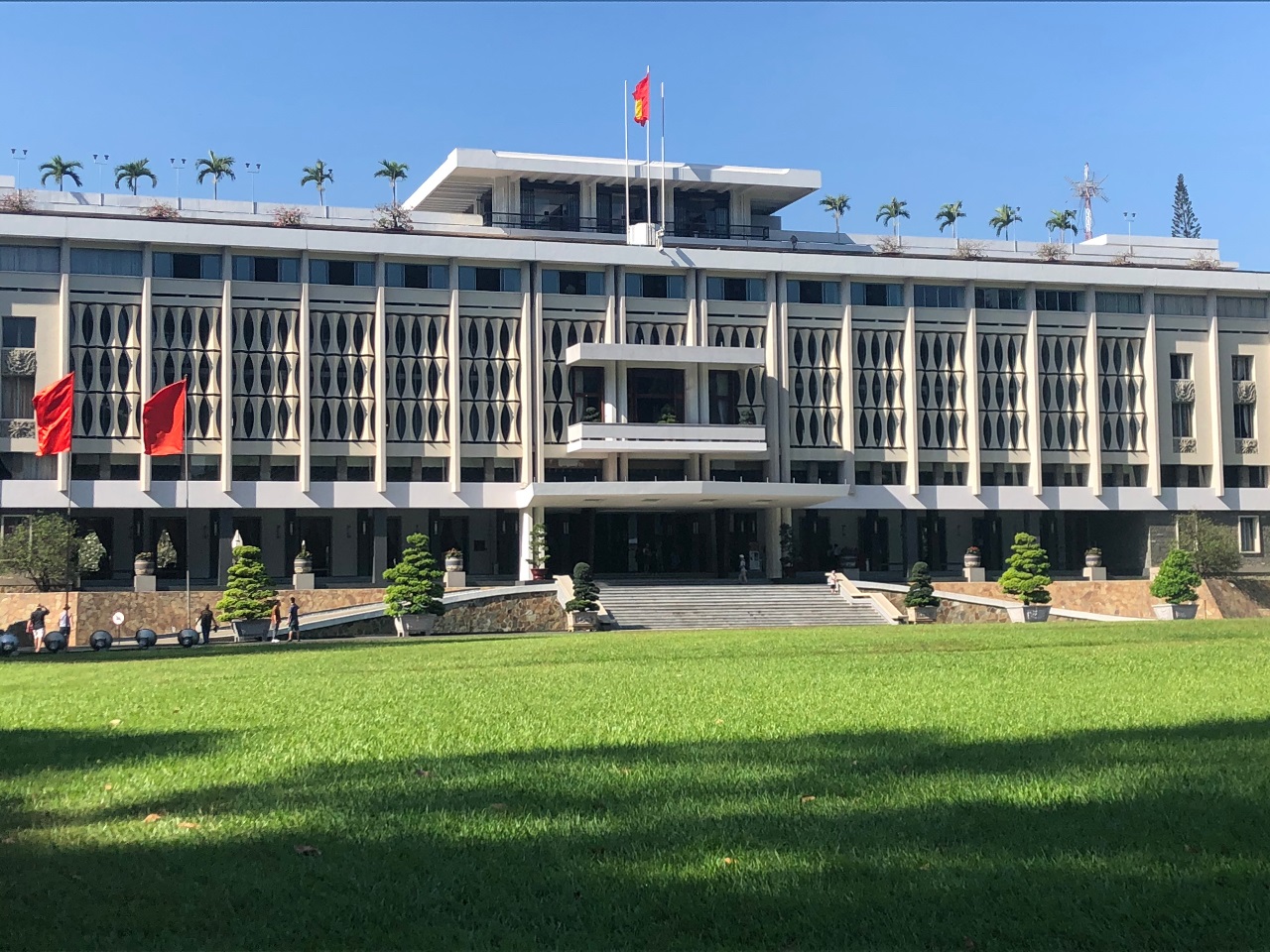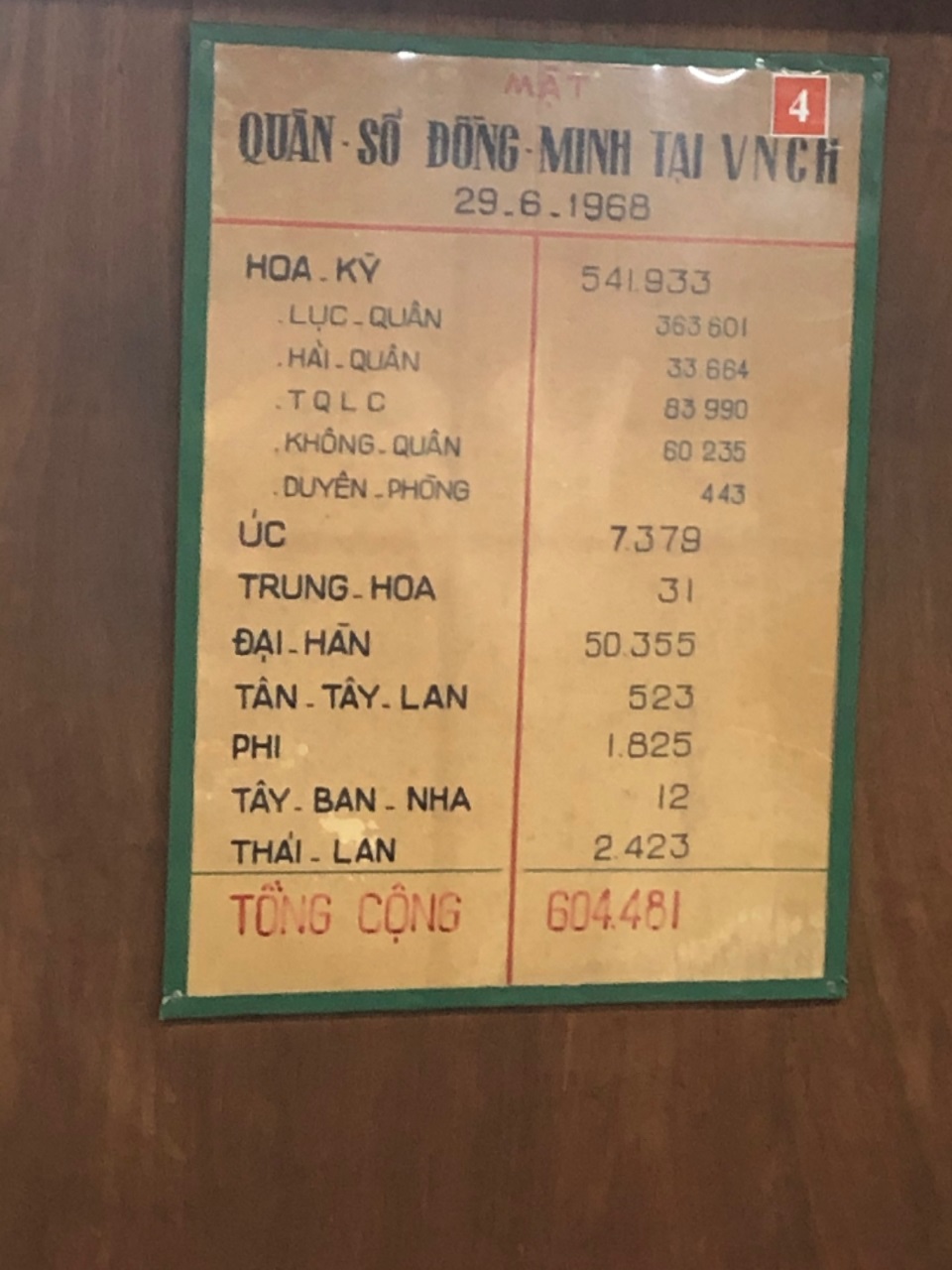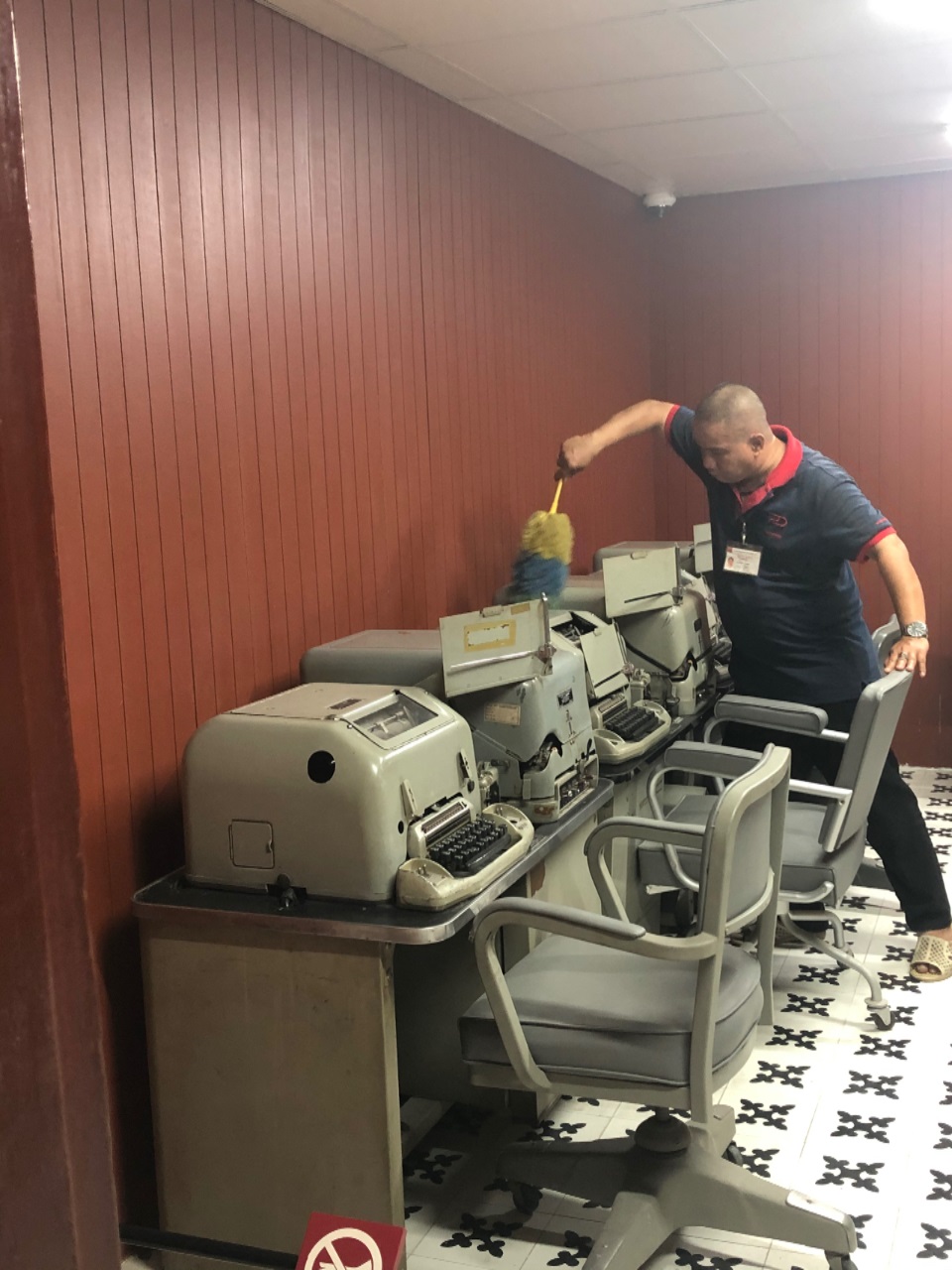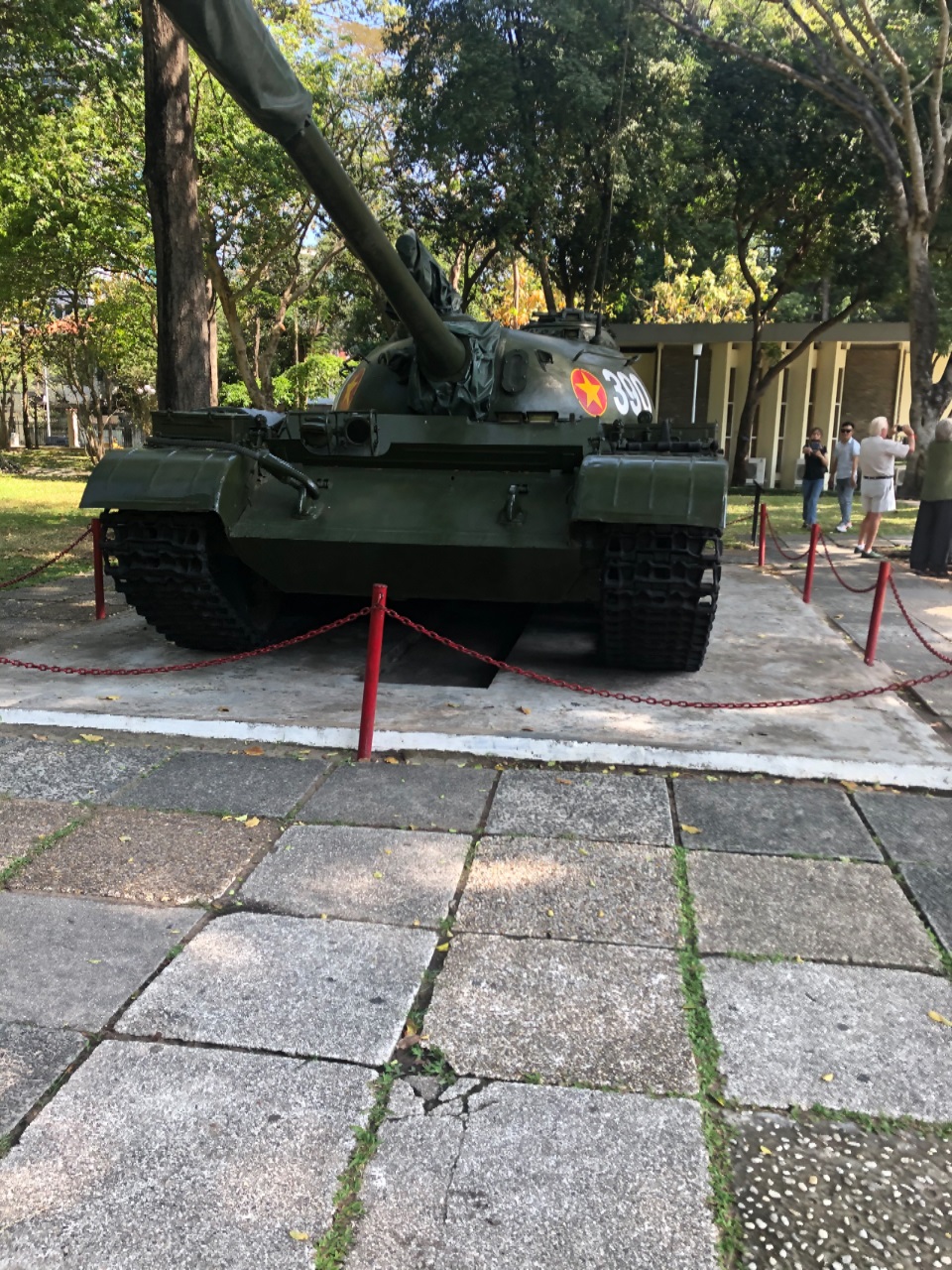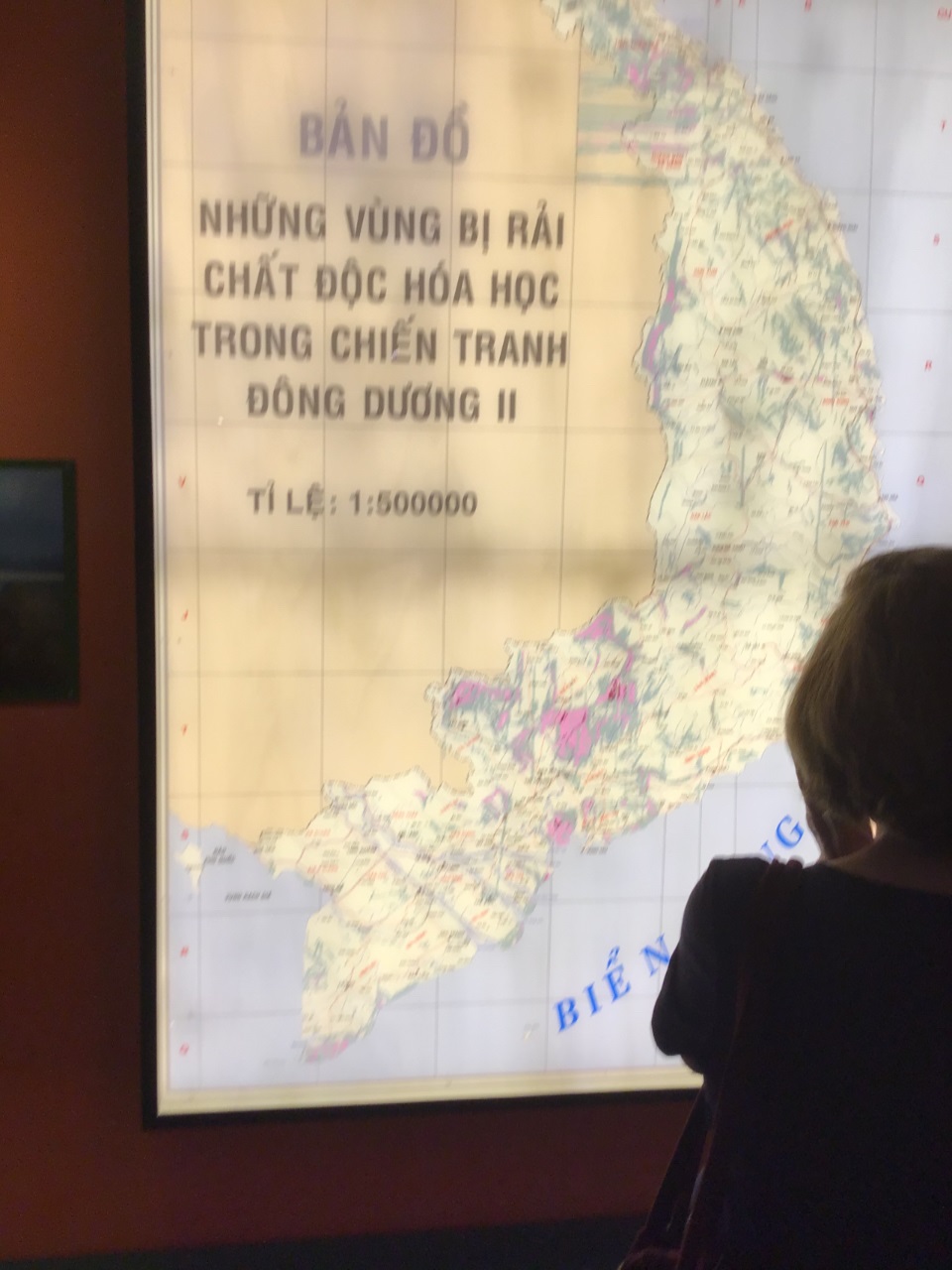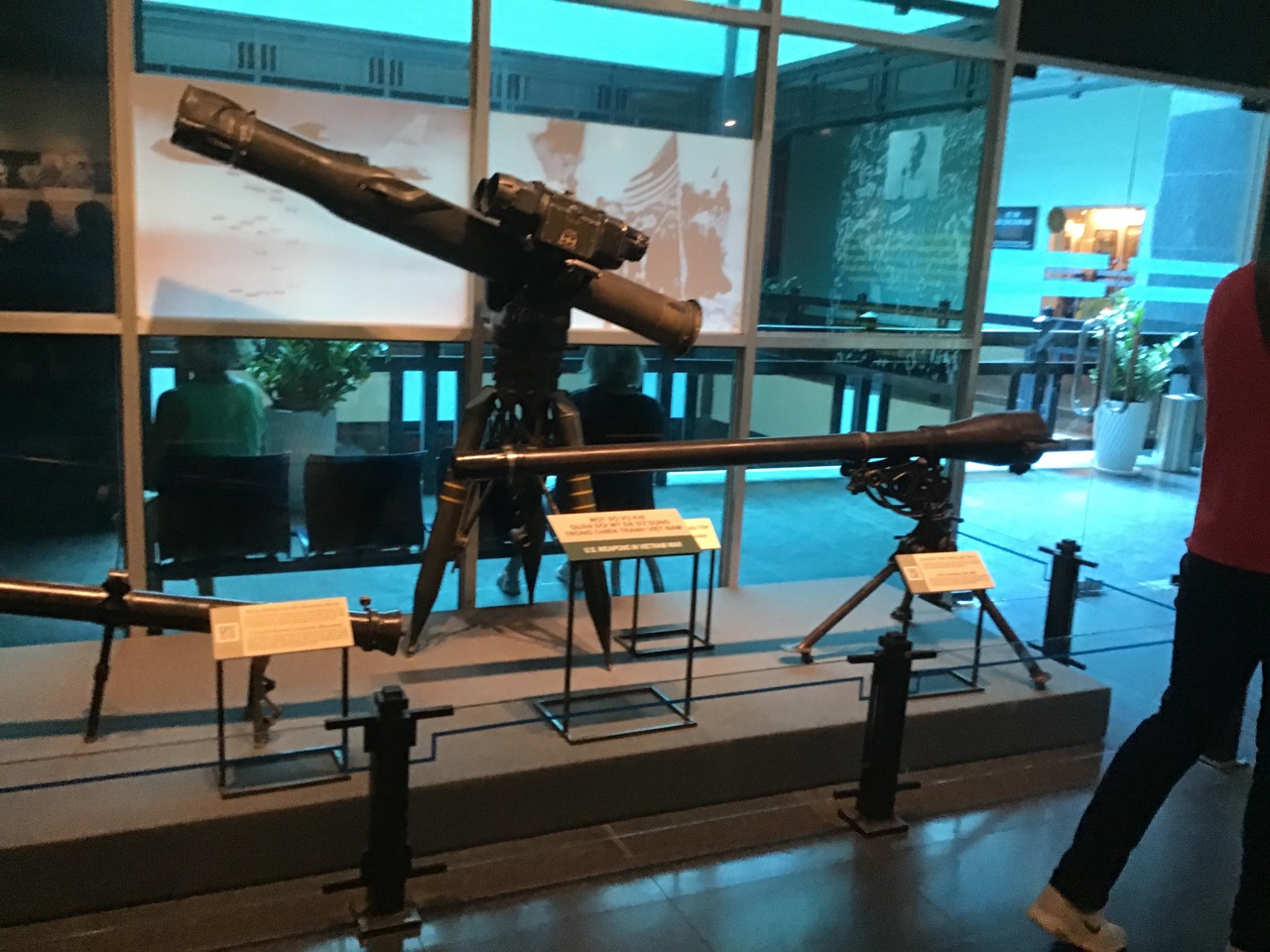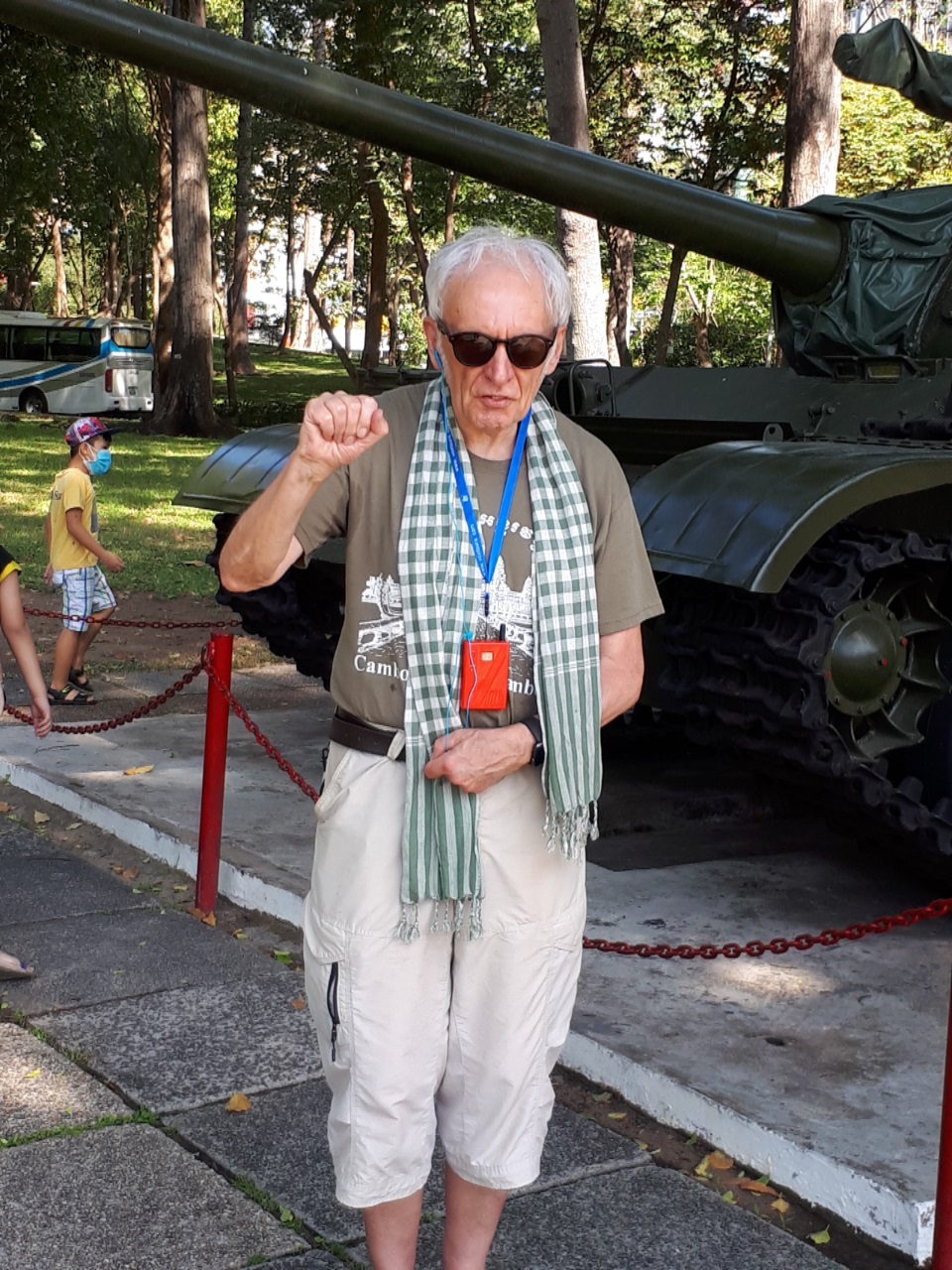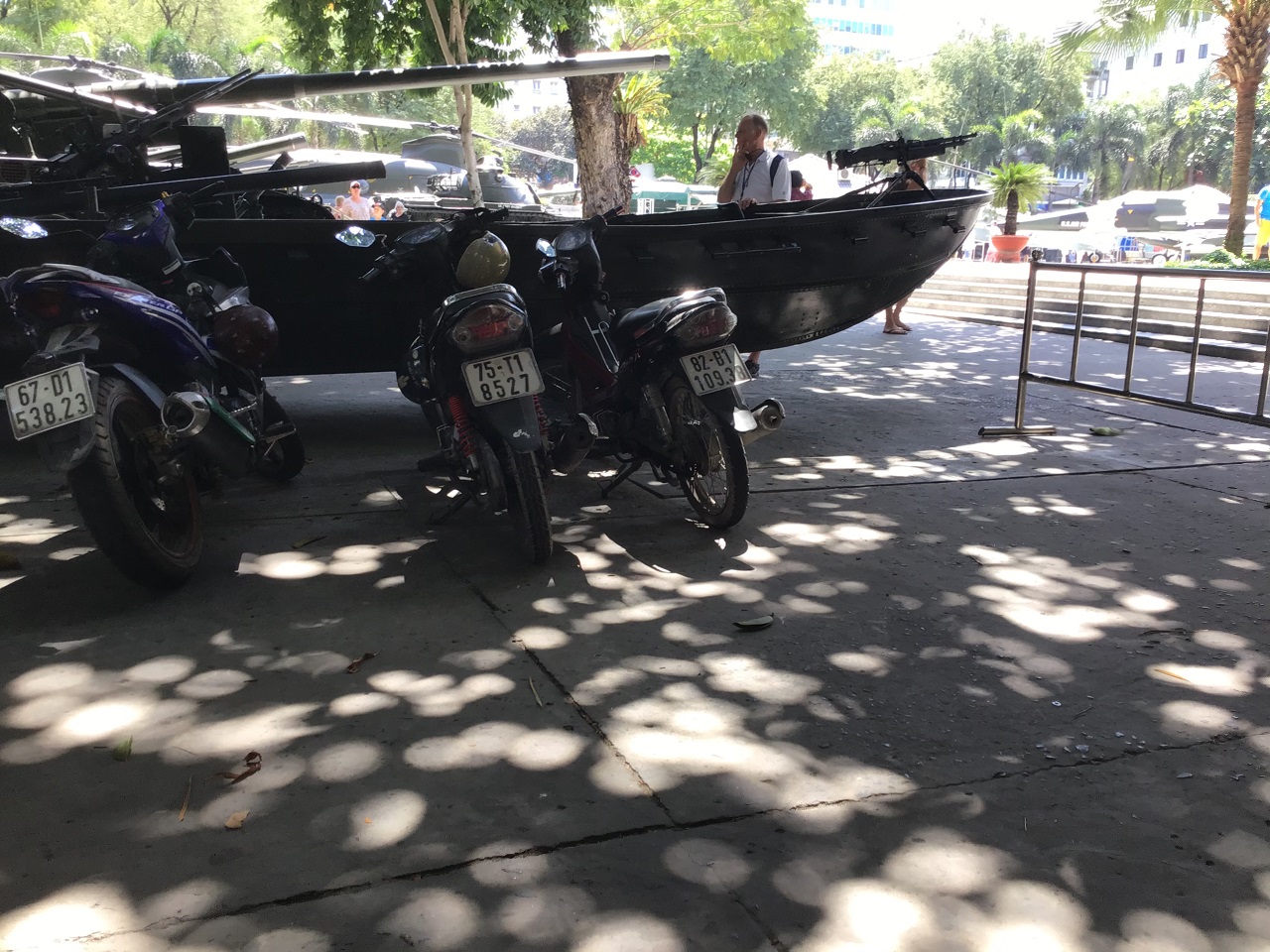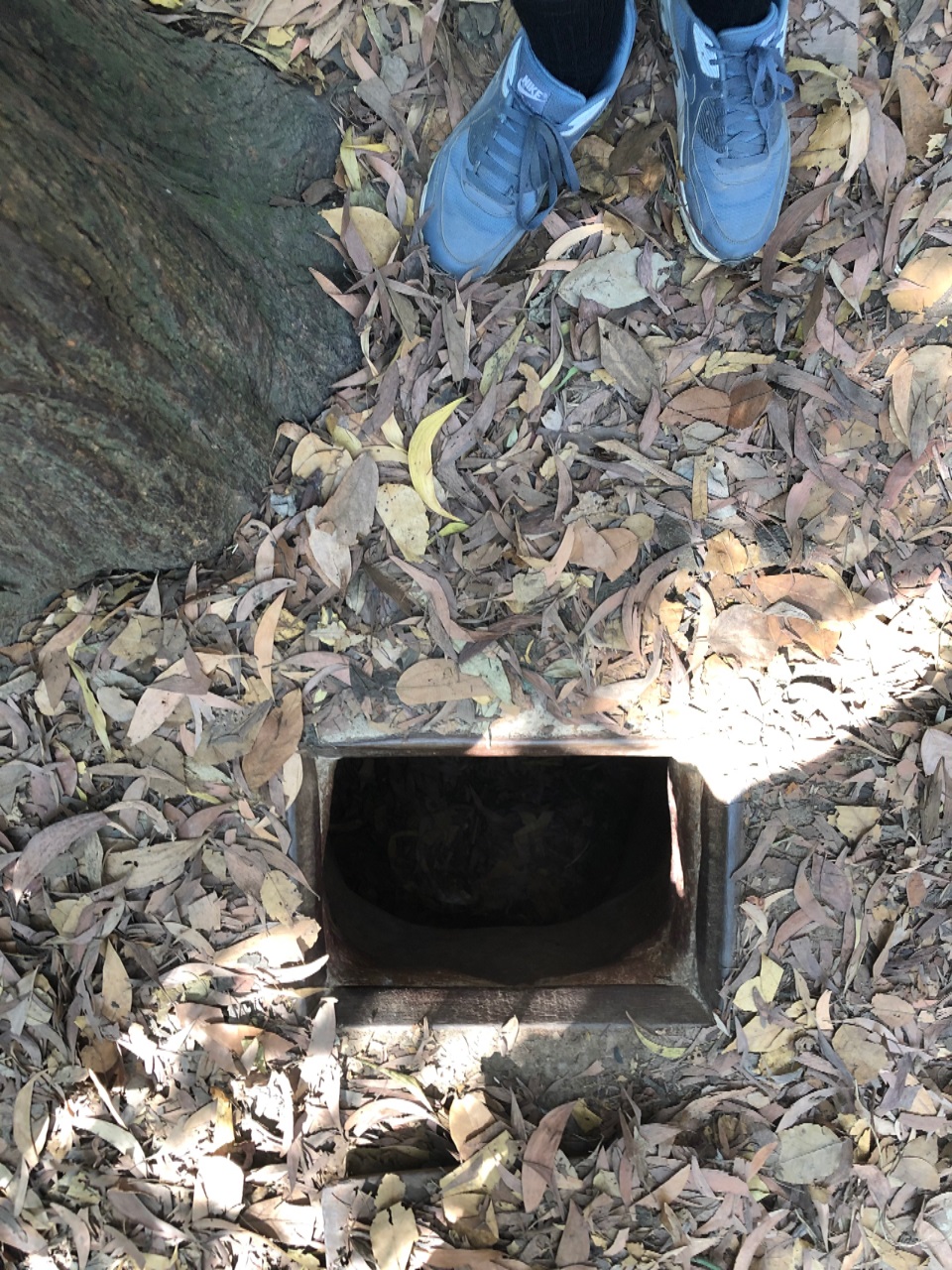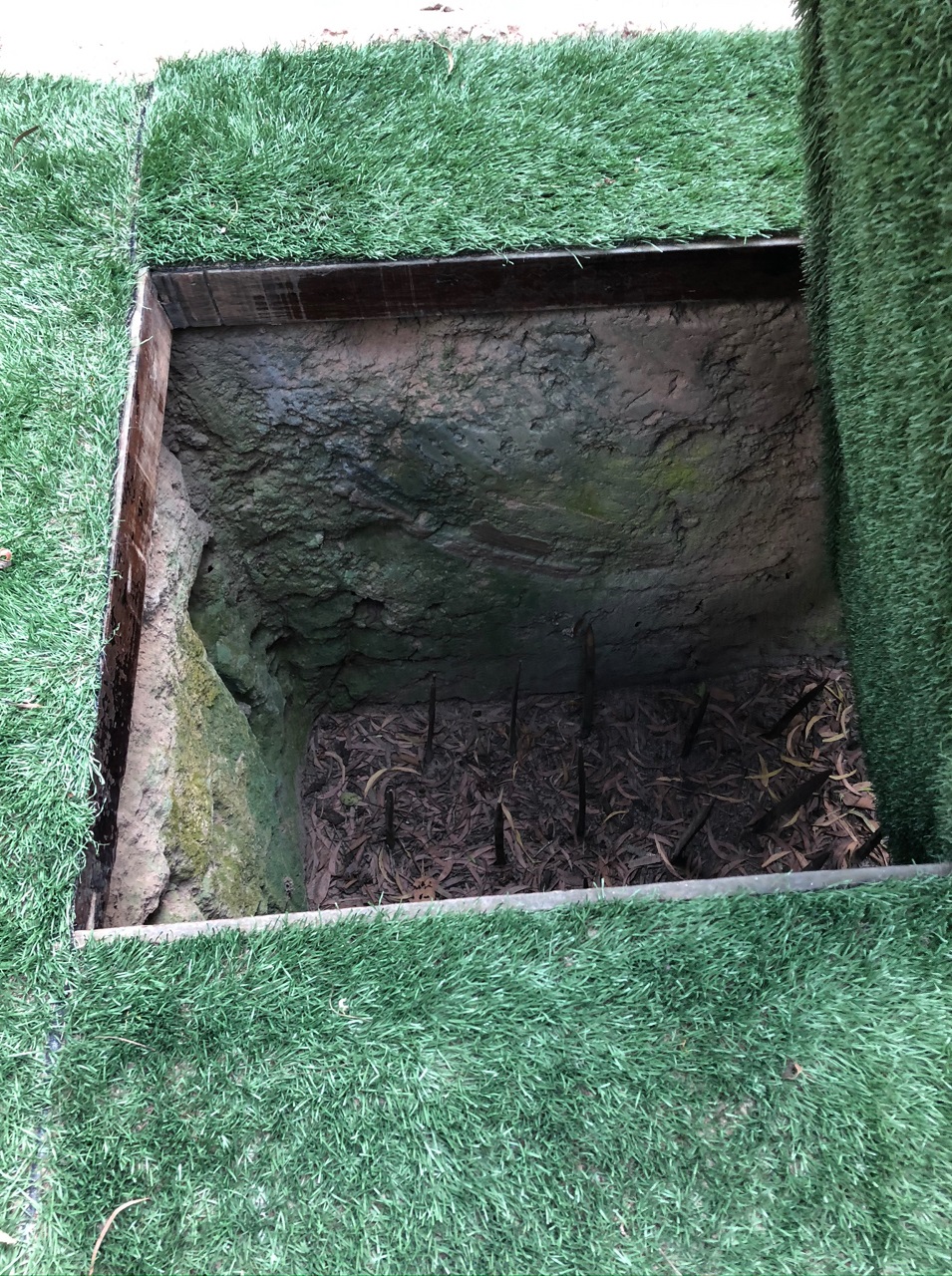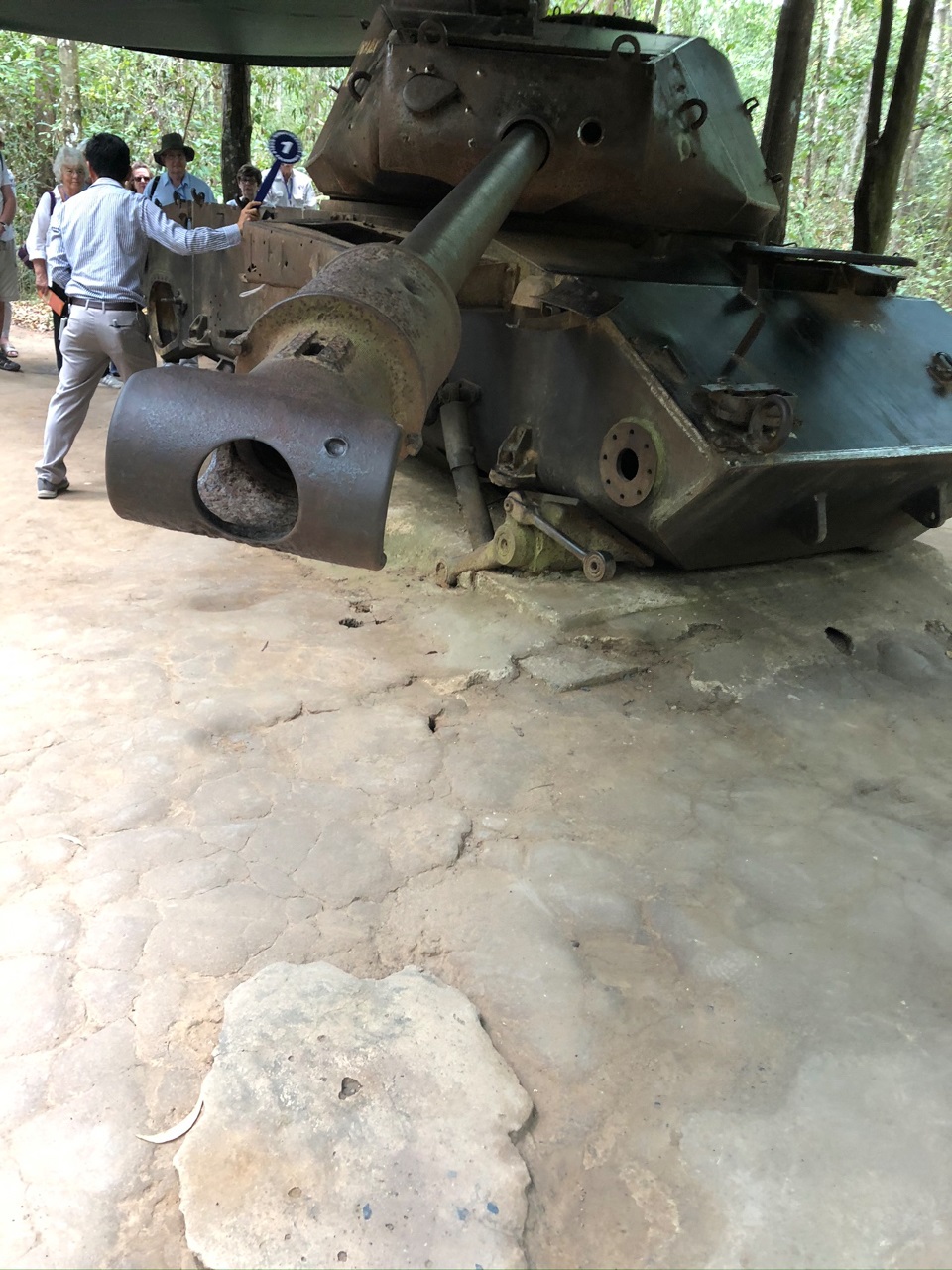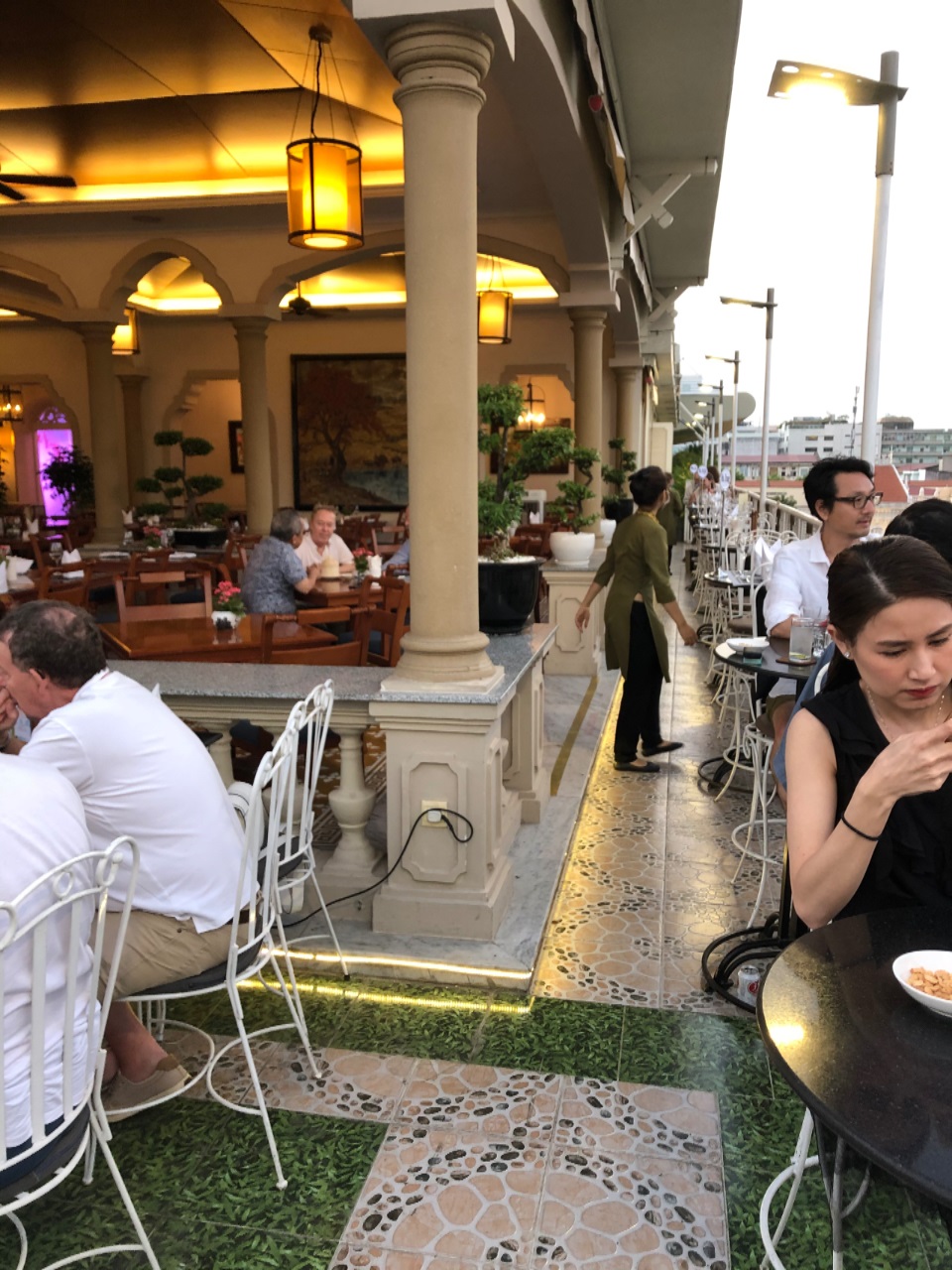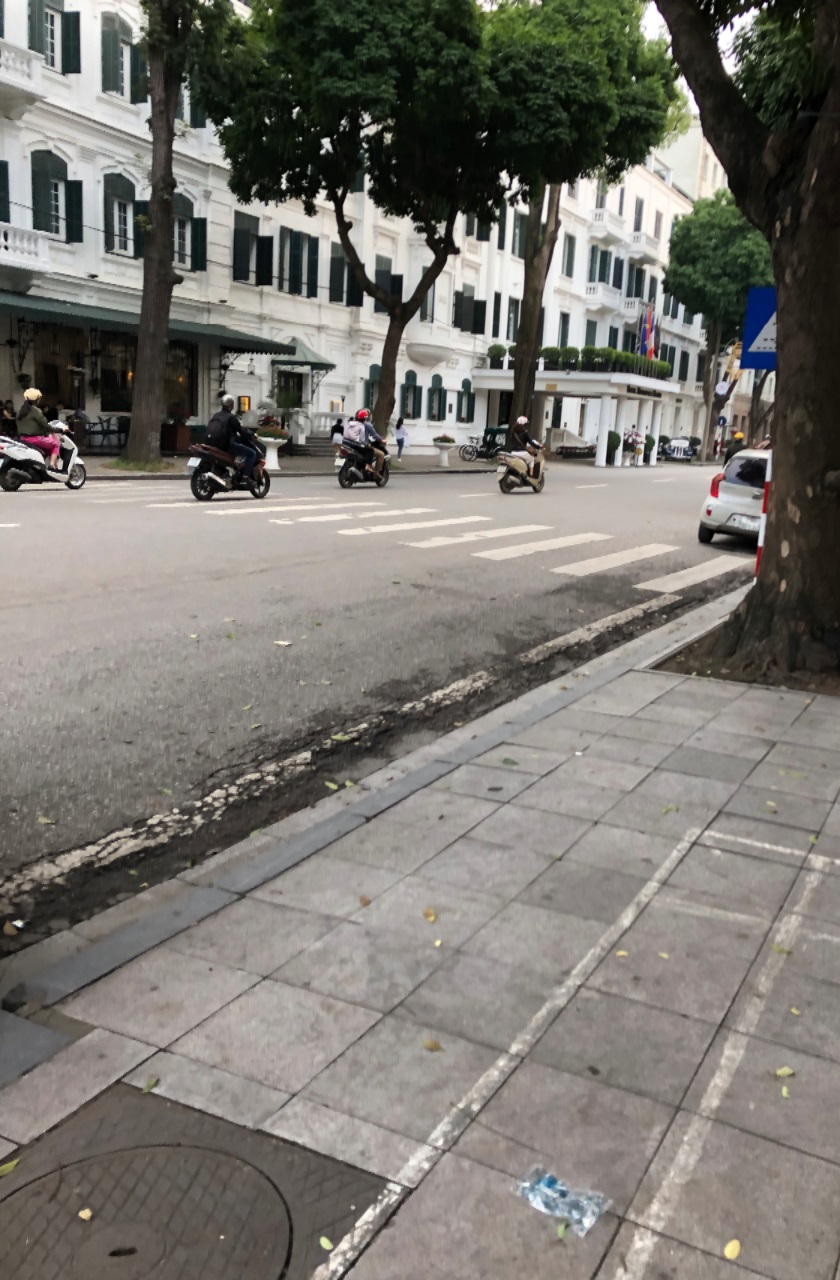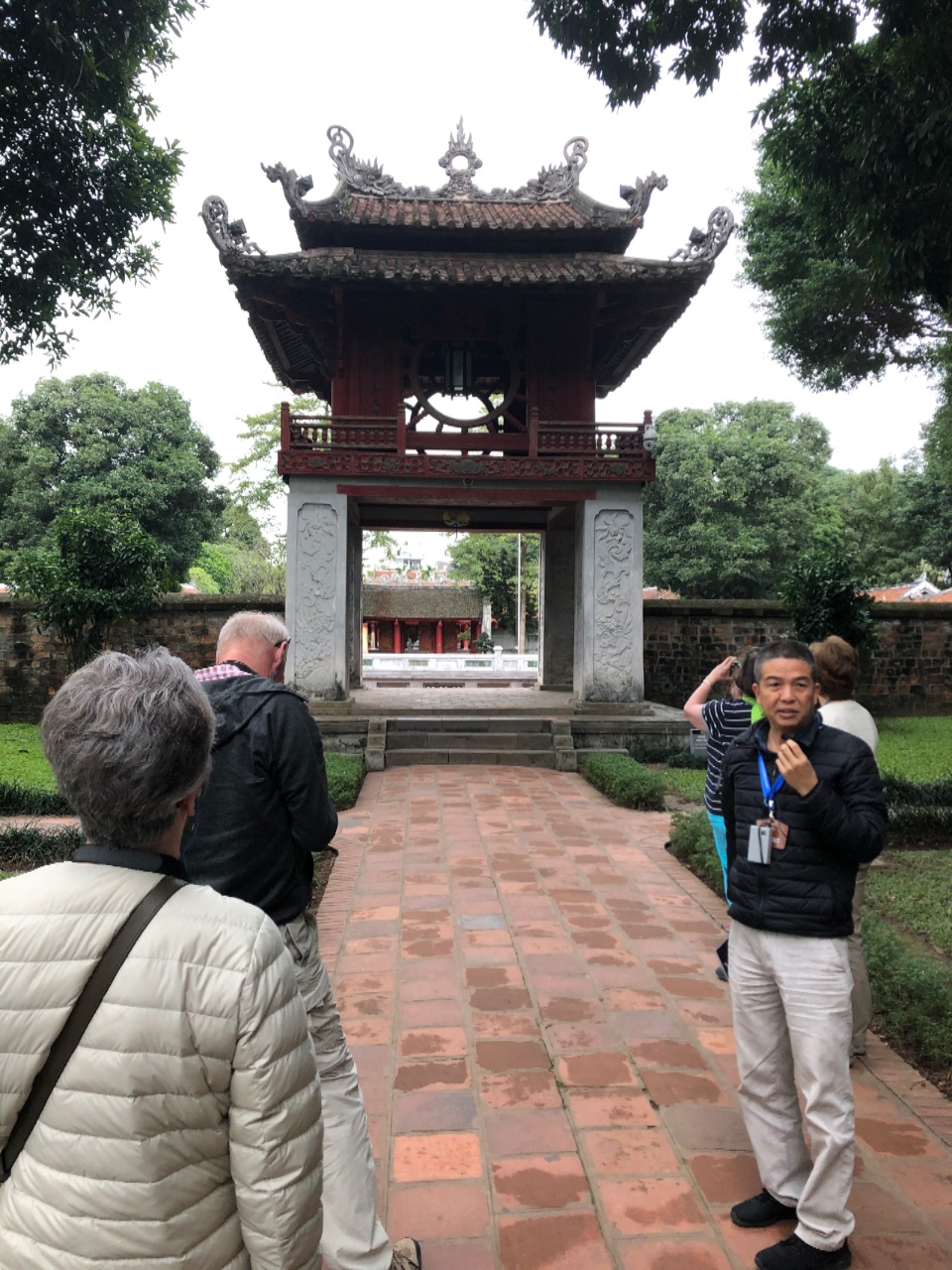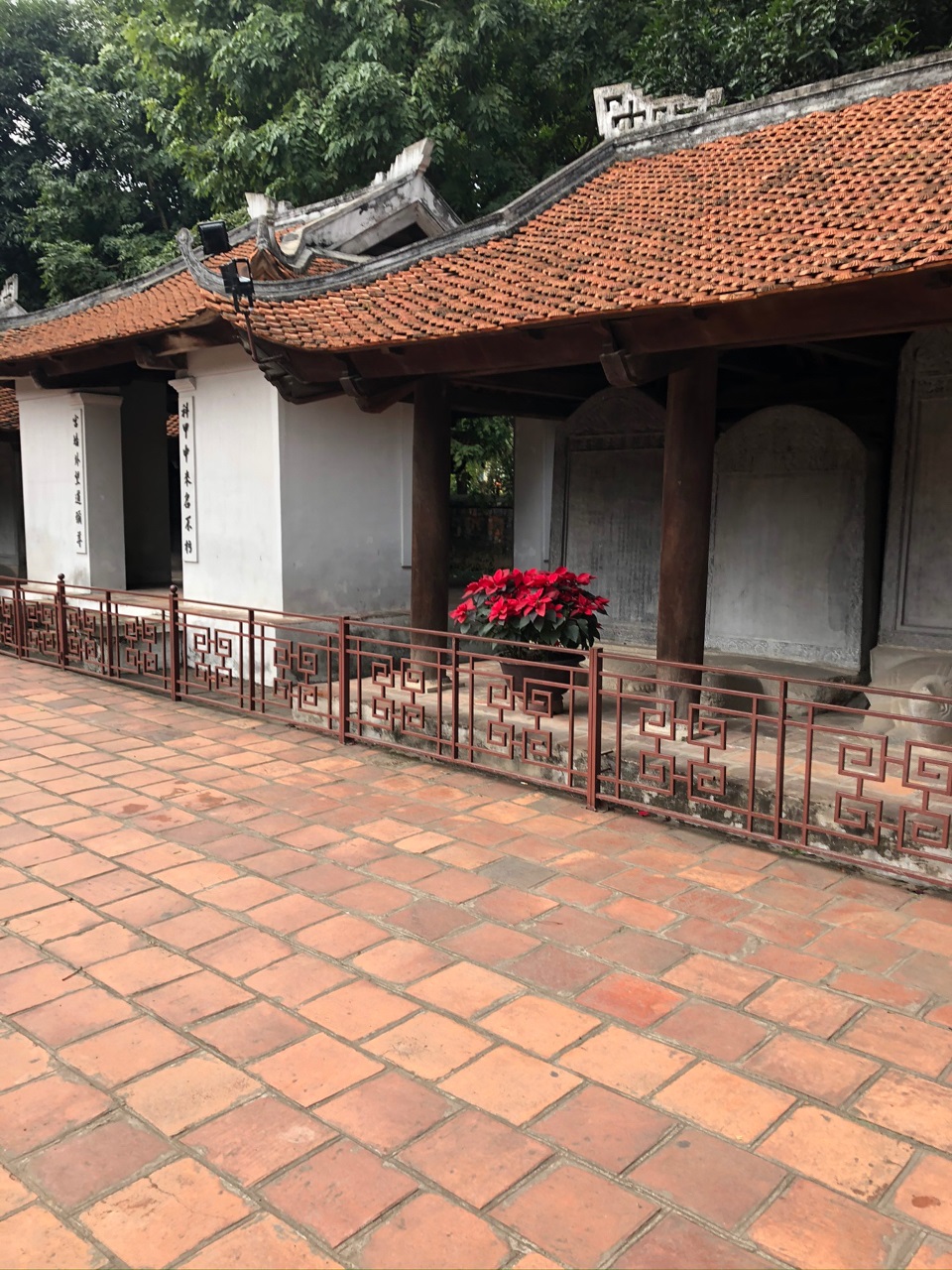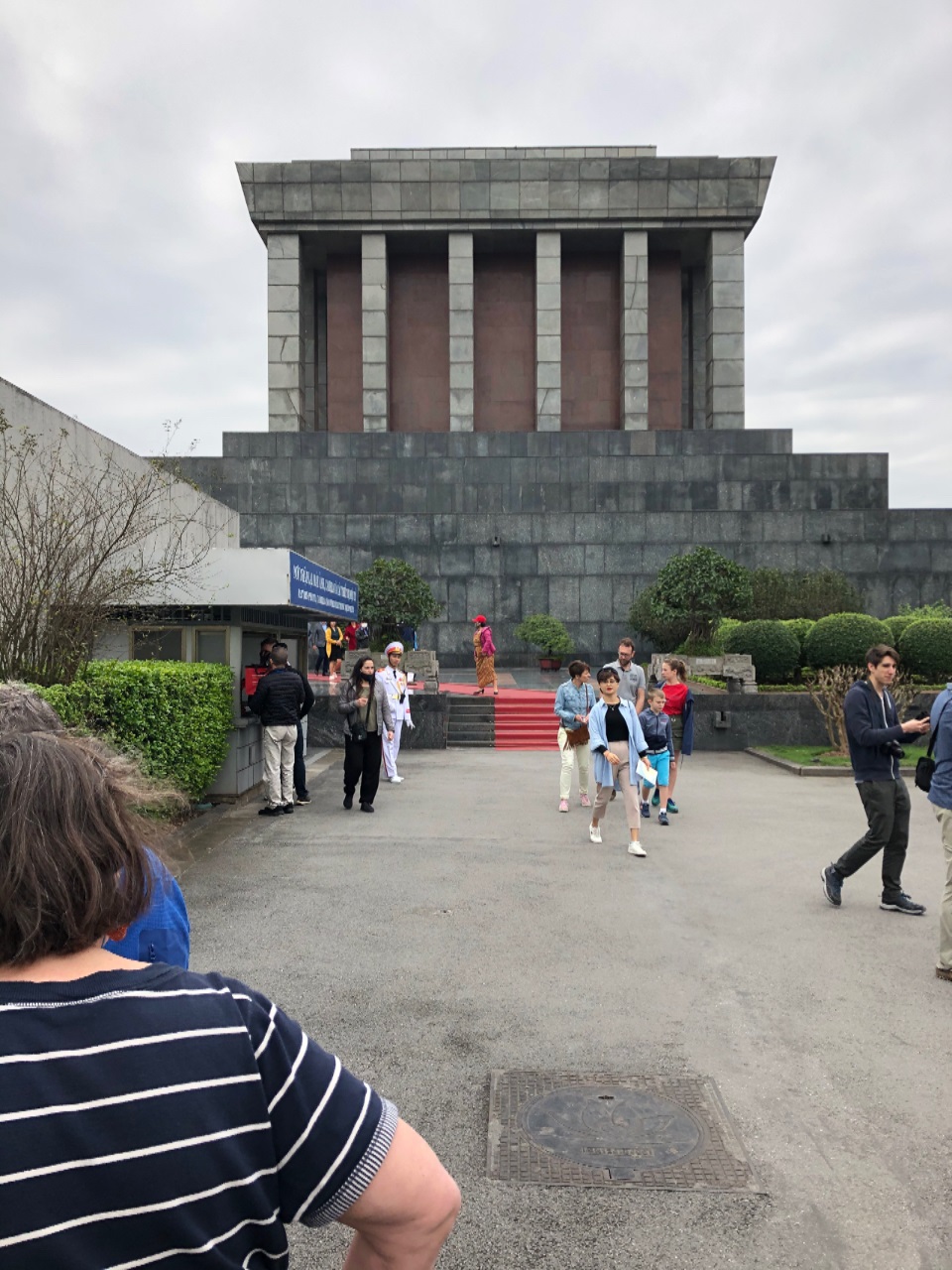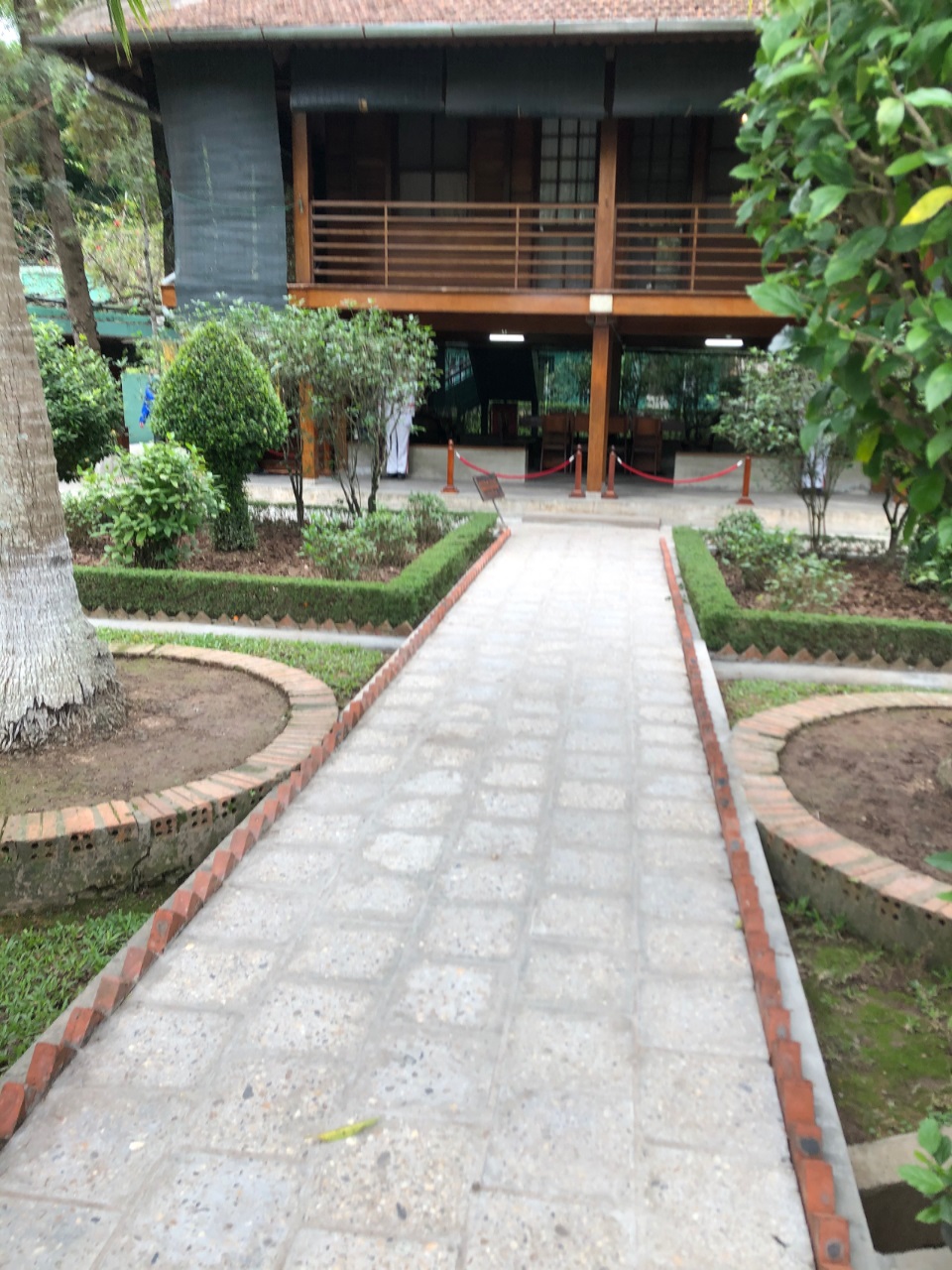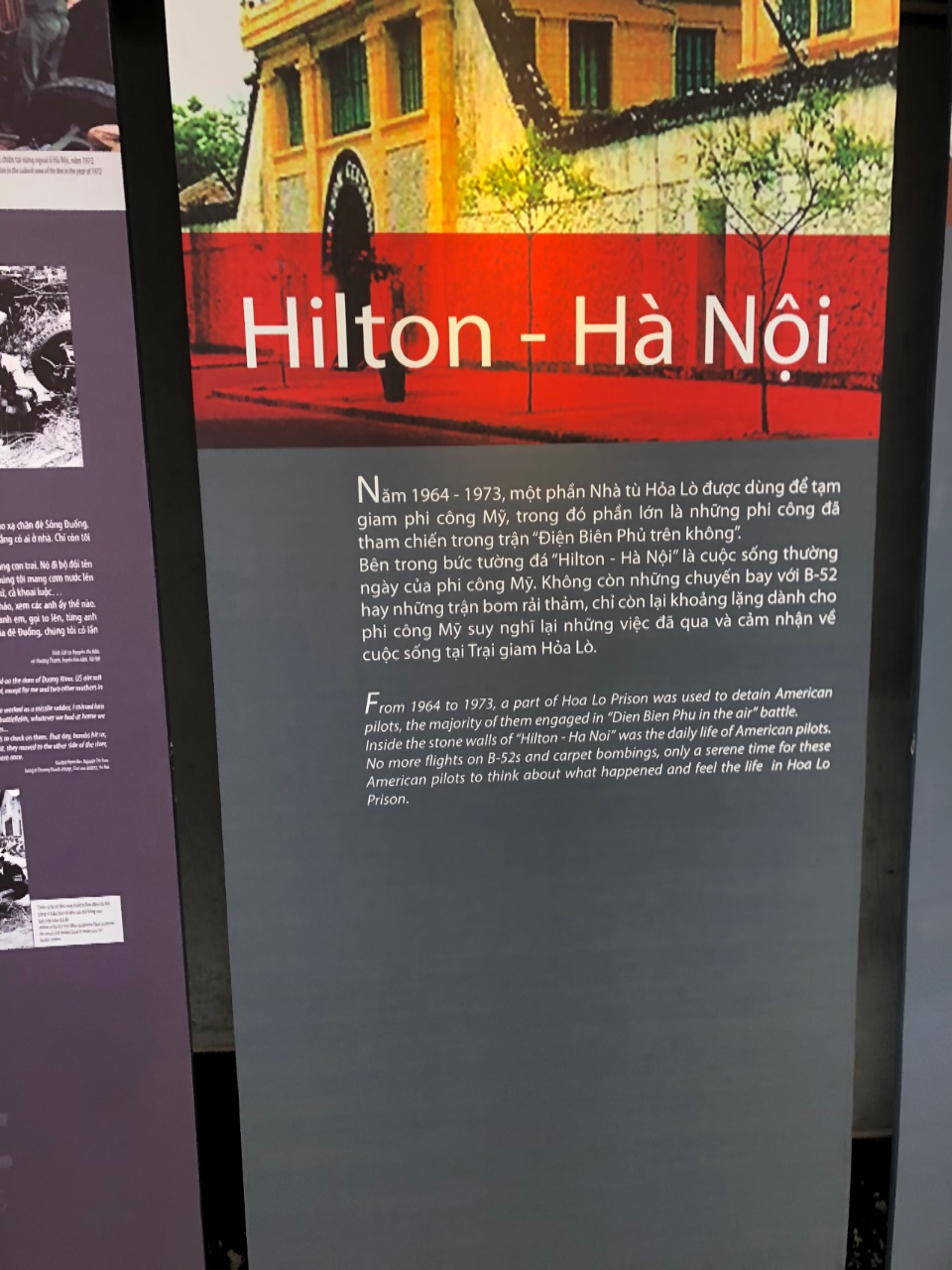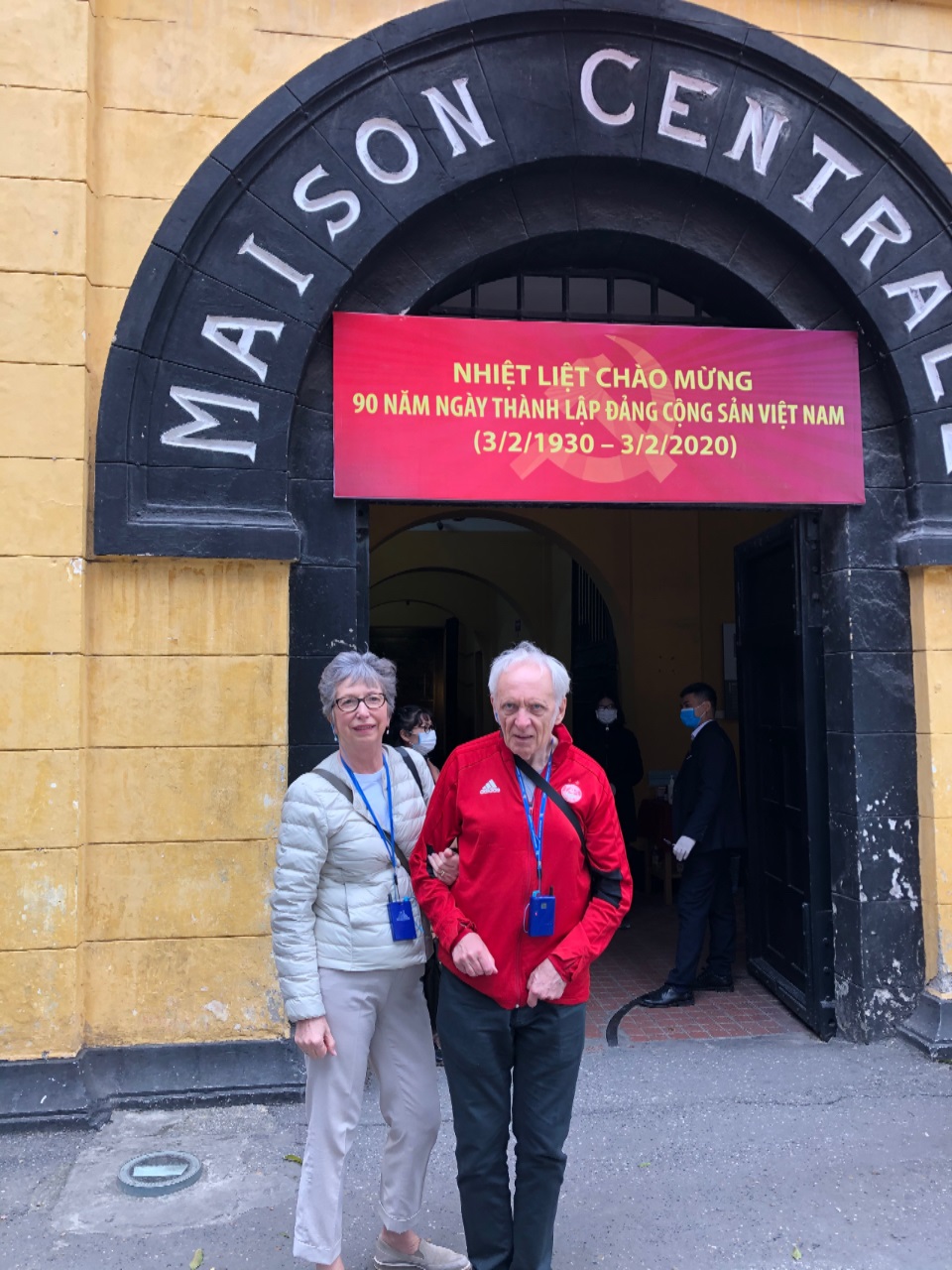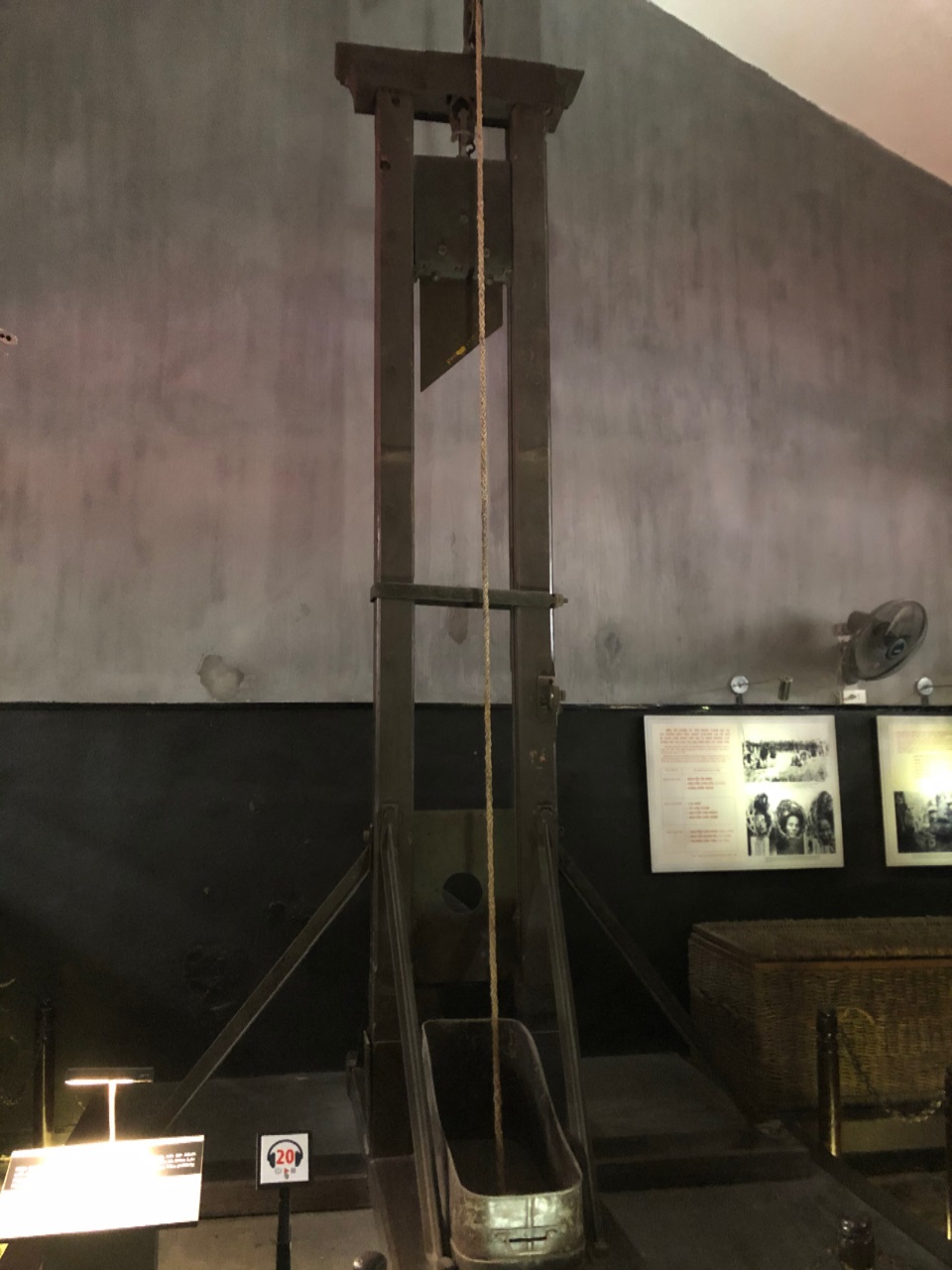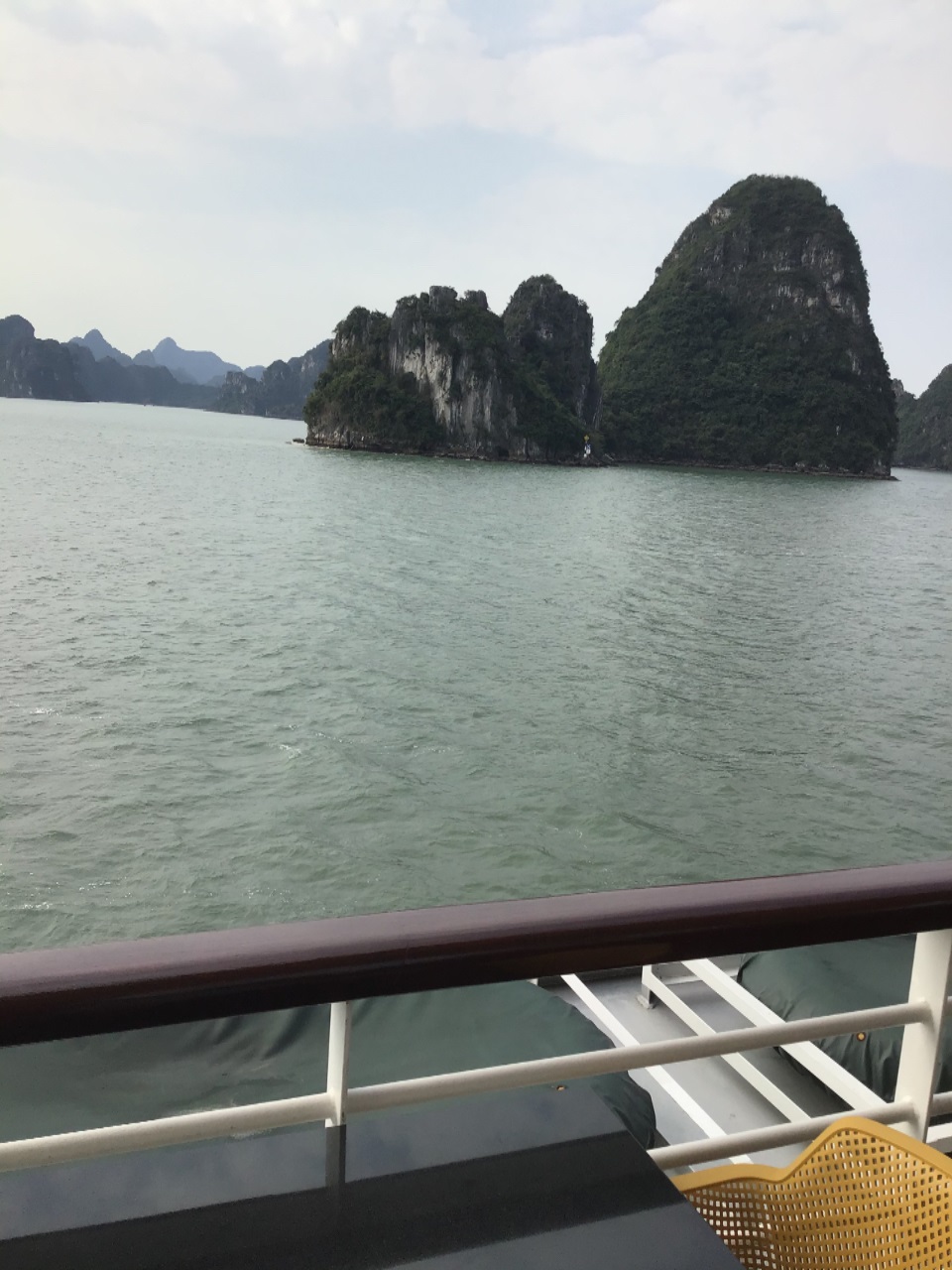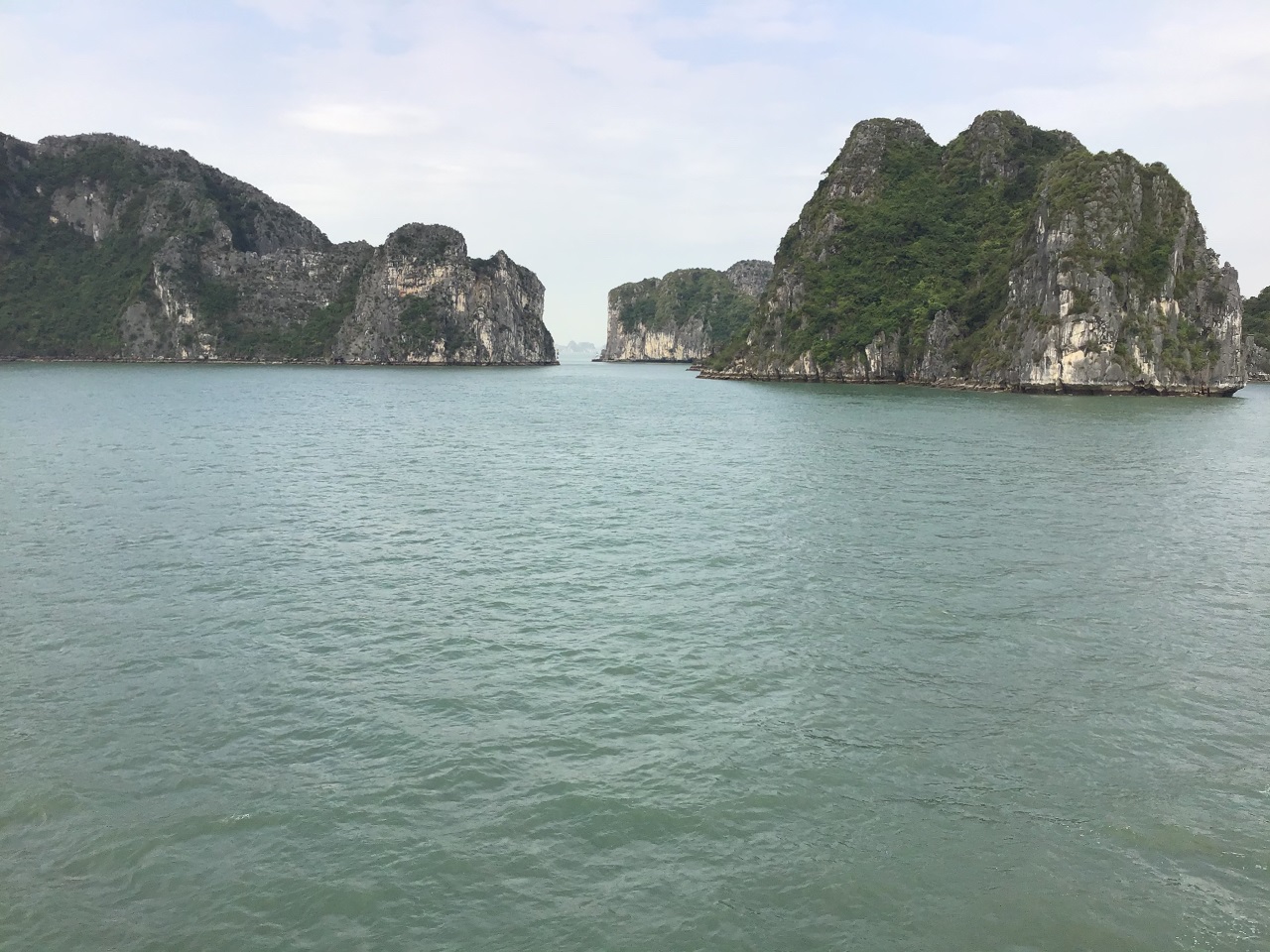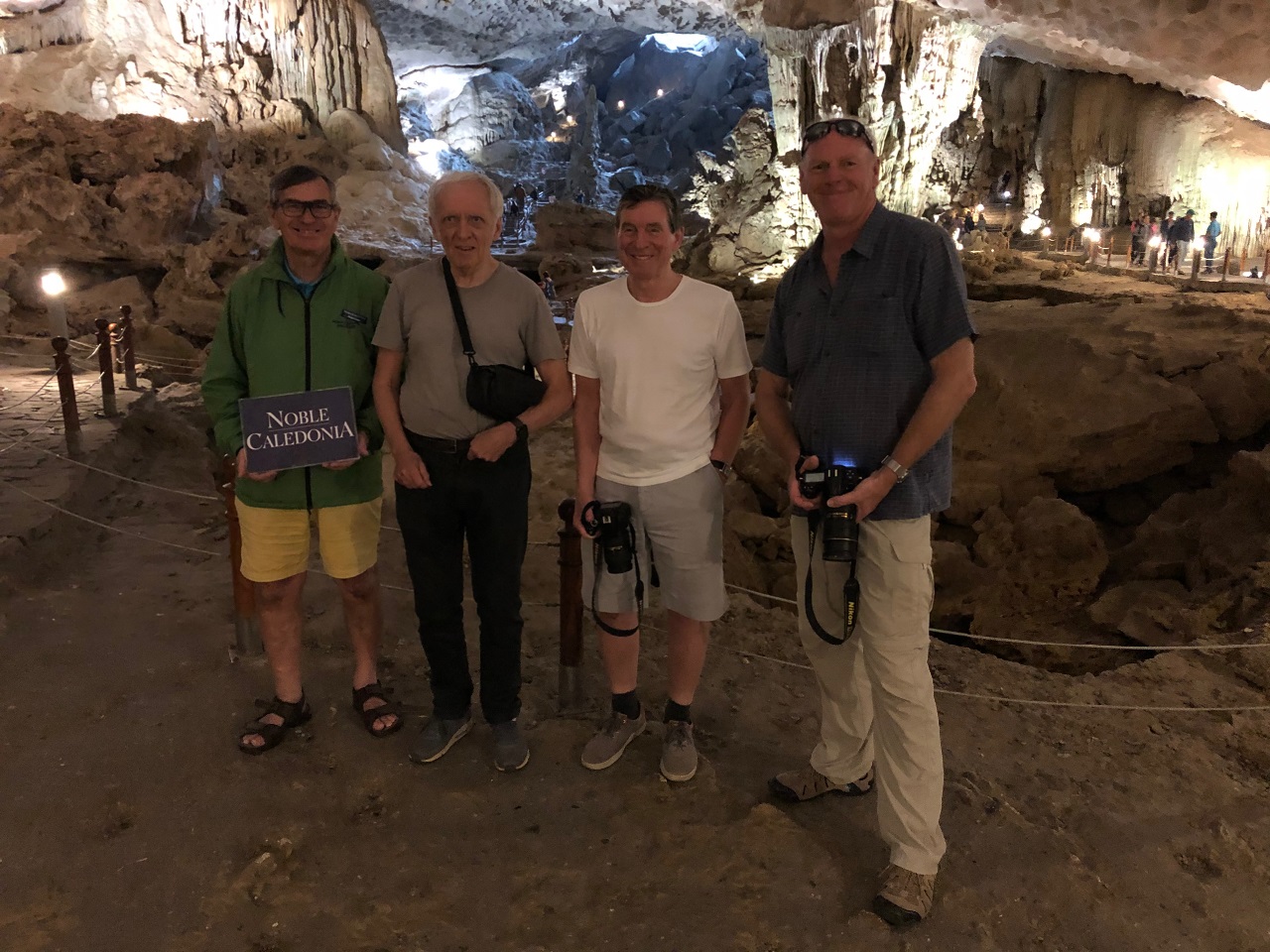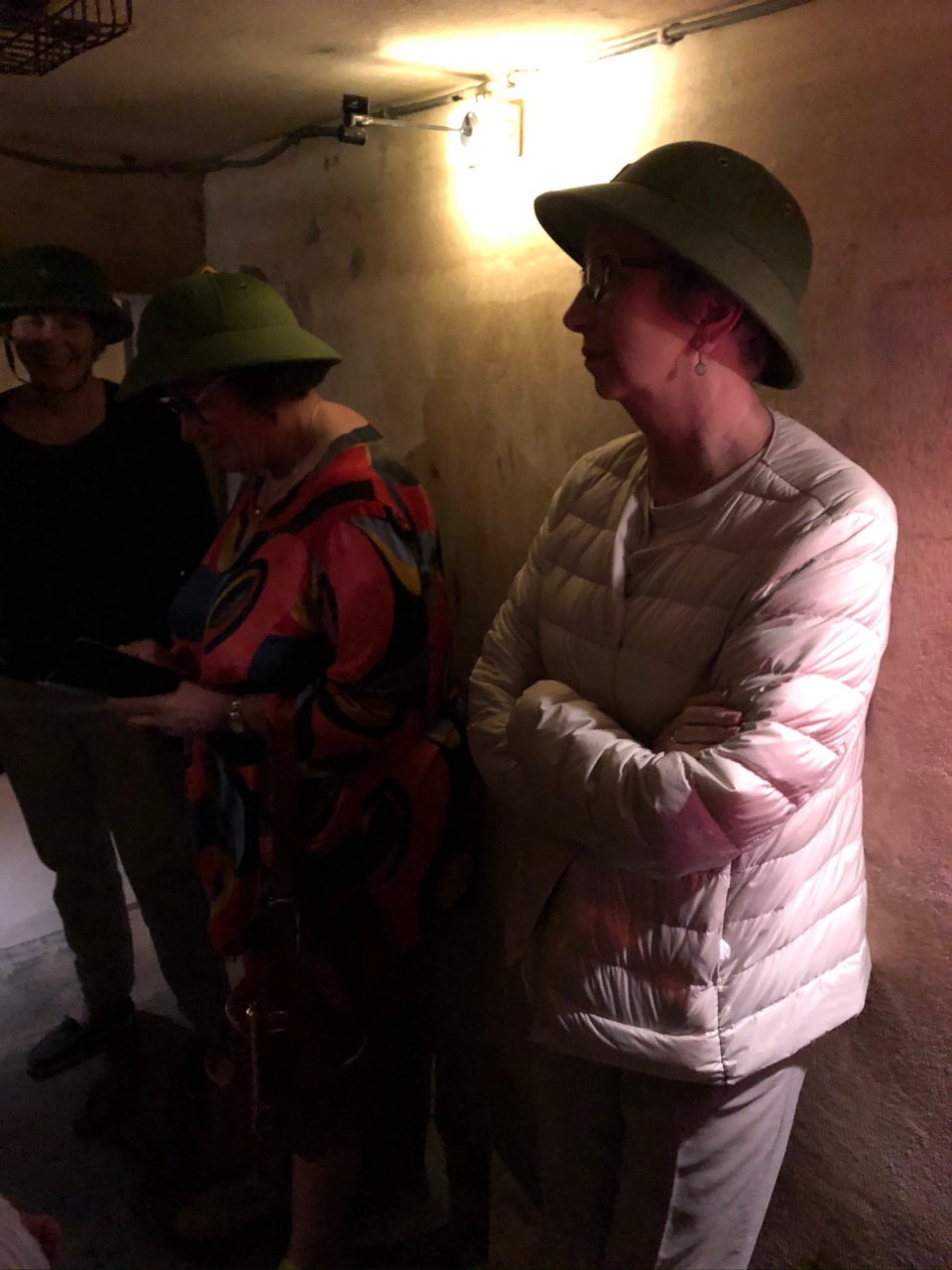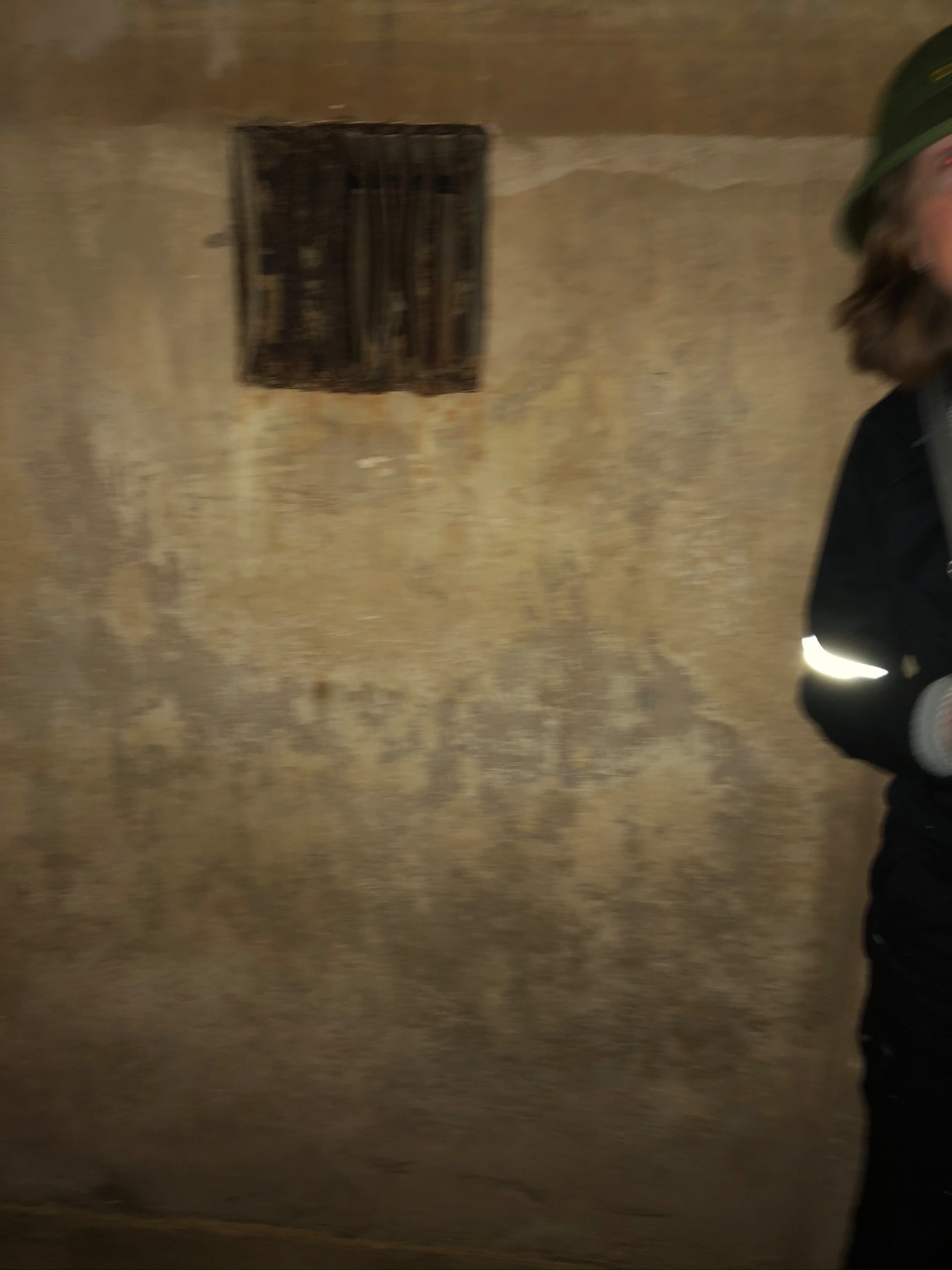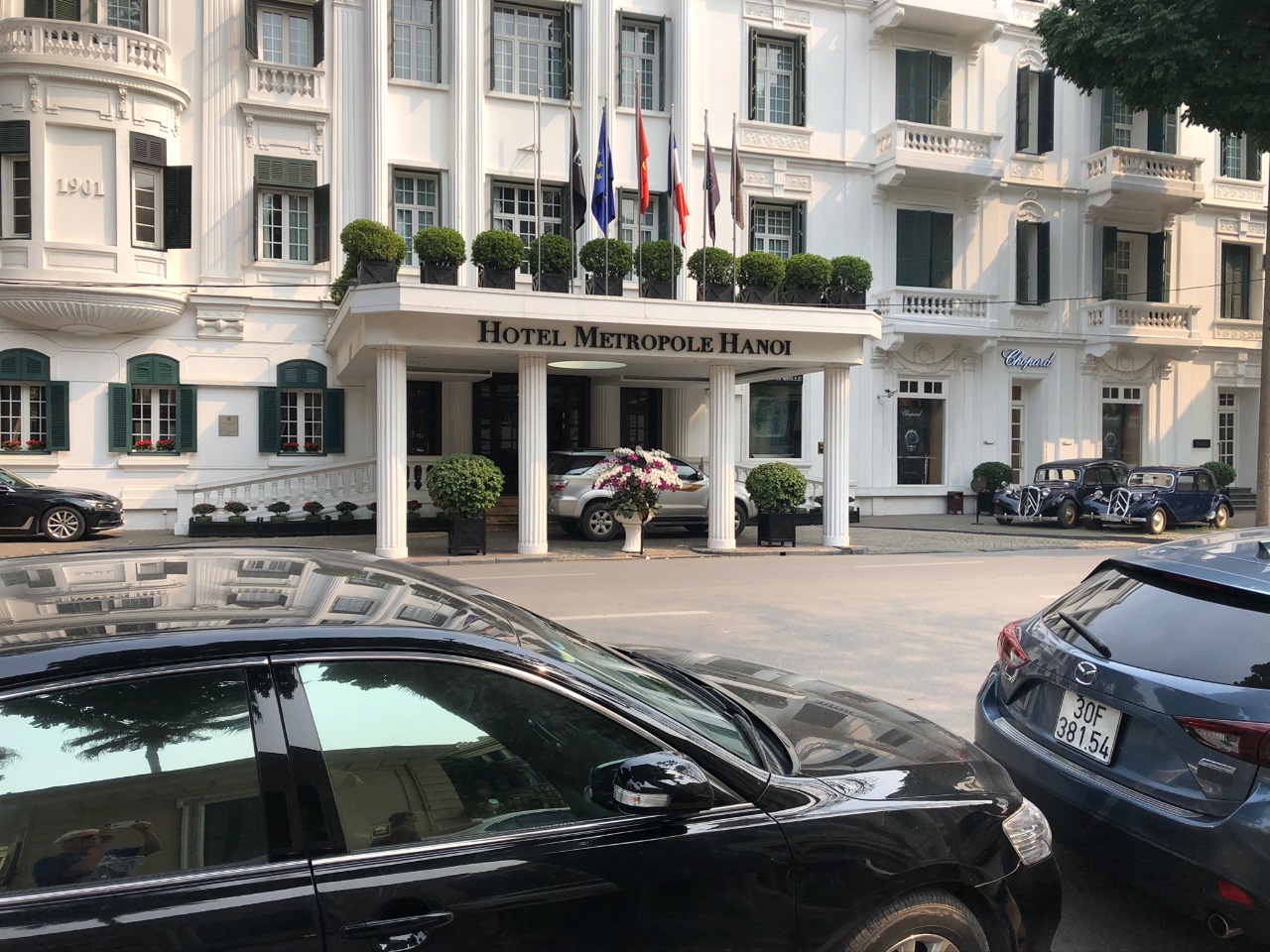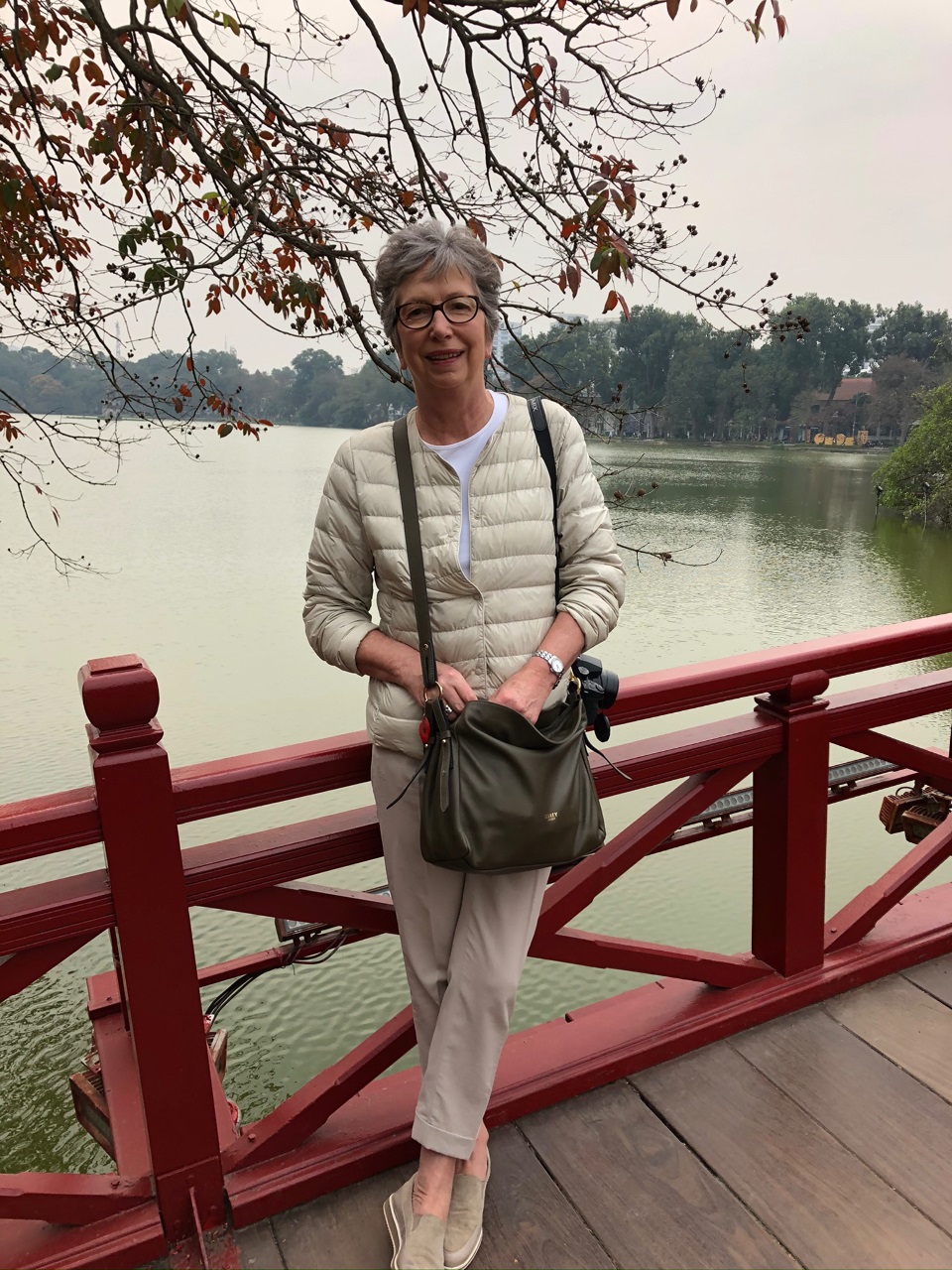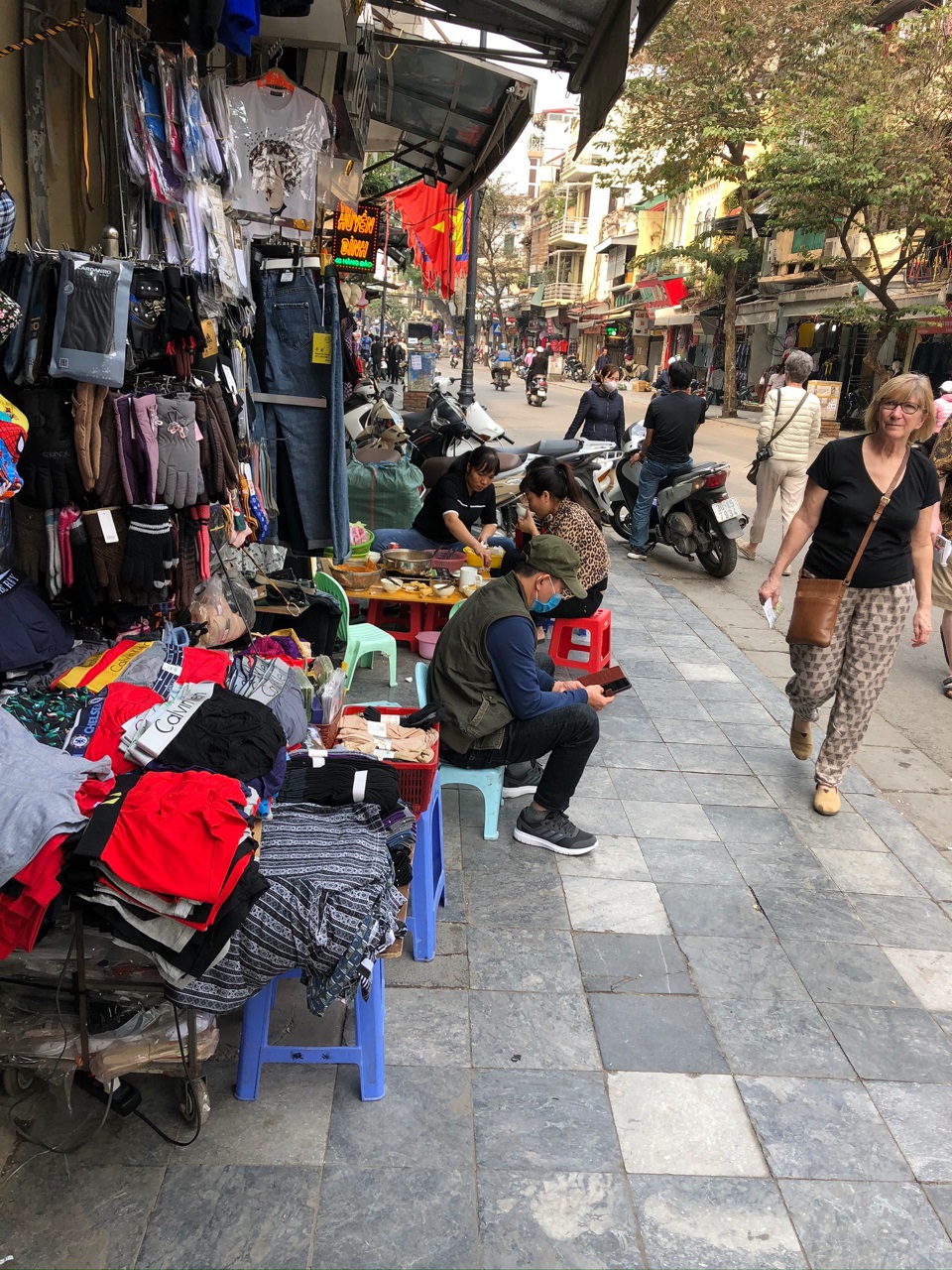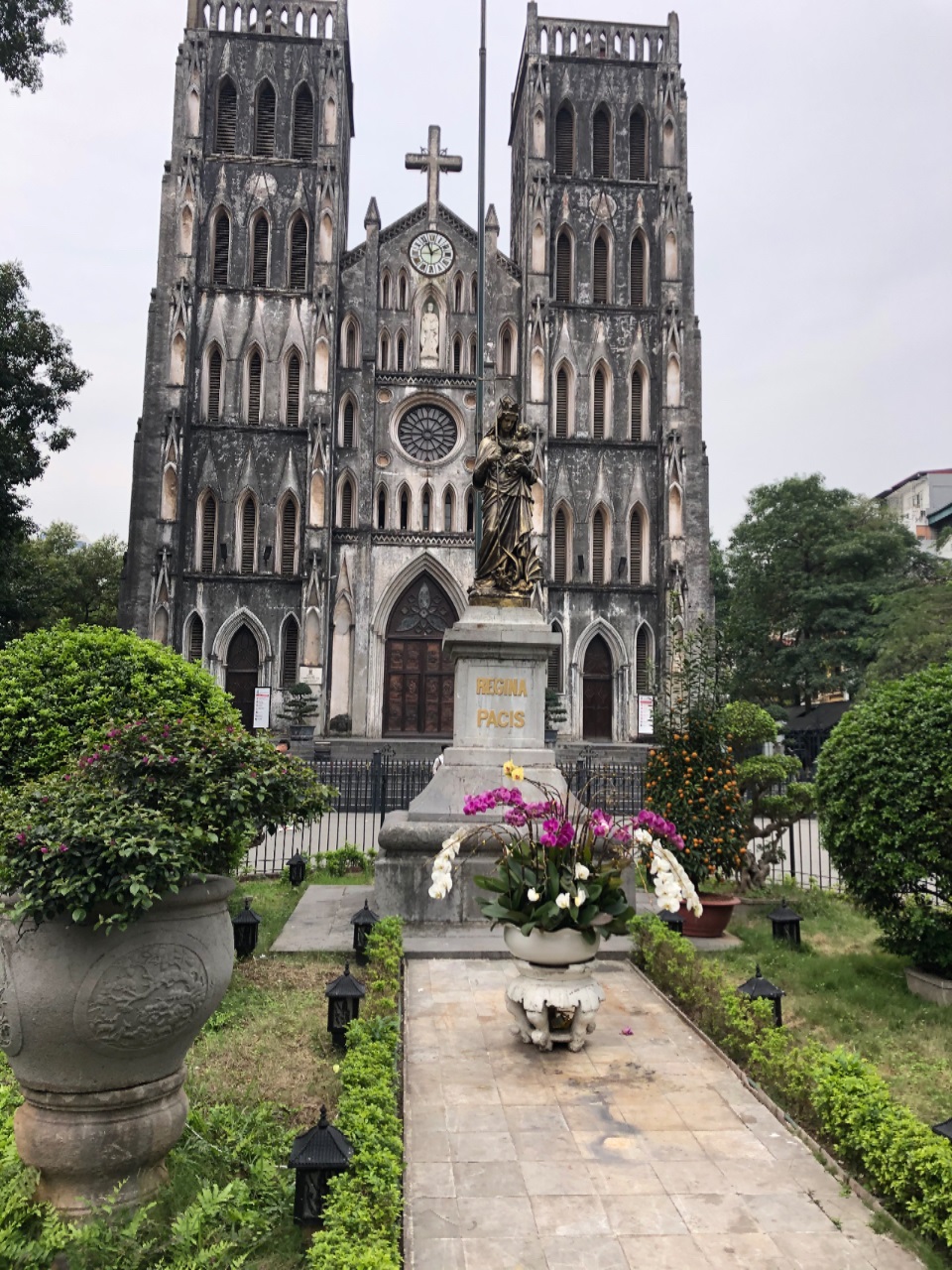The Mekong Delta
We crosssed the border into Vietnam Around 6.00 am Sunday. We visited island communities in the Mekong Delta Sunday and Monday. Families now are encouraged to start individual enterprises and avoid reliance on the state. We visited a boat builder, a pharmacist and a number of people in the textile business. We met a Vietcong veteran complete with photos of Marx, Lenin and Ho Chi Minh.
After unification in 1975, the government abolished private enterprise, introduced collective farming and based shopping on vouchers. A prime example of how socialism can never work is the case of the water buffalo.The government declared that all water buffalo would be owned in common. As a consequence, no individual took responsibility for their welfare and all of them perished. Everyone had to queue in the shops, many - notably the boat people - fled the country.
Can Tho
This is the largest population Centre in the Mekong Delta.
The Water Buffalo
The Water Buffalo is Vietnam's National Animal. It is a source of meat and milk. It provides power to transport goods and assist in plowing fields. Before 1975 families farming land in the Meking Delta would own Water Buffalo and treat them well,
The victorious Communist government sought to re-structure society on socialist lines after 1975. The farming land in the Delta would be collectivised and held in common. Ownership of the Water Buffalo would pass to the population in general.
The consequence of this was the collapse of agriculture in the Mekong Delta. The people faced starvation. Where everyone shares ownership of the Water Buffalo no one takes responsibility for their welfare. All the Water Buffalo in the Mekong Delta died.
SSo
Mekong Delta
using various forms of transport we explored village paths and watercourses of an island called Ban Tre in the Delta. The whole area was lush with all kinds of fruuh.A true jungle environment. Now back to the ship as it heads for Saigon.
Saigon
we docked in Saigon about 5.30 pm Wednesday and disembarked 08.00 am Friday. The morning was spent on a tour of the city centre. This involved the colonial period Continental Hotel and Norte Dame Cathedral.
We visited two mportant buildings. The first was the PresidentIan Palace. Most interesting was the basement command centre, used during the Tet offensive in 1968.The last South Vietnam President, General Minh surrendered here in April 1975. North Vietnam tanks on the lawn, were of the type used to batter down the gates on the last day. The second building was the museum of the Vietnam War.
We saw the roof of the building used by helicopters to fly out US personal and their associates as the city fell: just one helicopter at a time. We both checked in to our hotel and I went for a swim. We both then went up to the observation deck on the 49th floor of the BTEXCO building.
Presidential Palace Saigon
President Thieu occupied the palace from its completion in 1966 until its fall to the BVA in April 1975. We saw the President' office, the Cabinet room and the impressive reception room. Most interesting was the basement command centre: still possessing what now seems old fashioned macHubert such as teleprinters, maps and telephones that the user must dial. The most popular part of the grounds - at least with the seekers after selfies - is the positioning of two NVA tanks similar to the one that broke through the gate on the last day: 30th April 1975.
War Remnants Museum
This was highly tendentious in its presentation of what they ter US aggression. The 'war crimes' section describes US breaches of the Geneva Convention such as that at My Lai. There is no acknowledgement that atrocities might have been carried out by both sides. There is no mention at all of ARVN's role in the war. Overall, the intention seems to be that this was a war of national independence: not a determined effort to impose Communism across north and south, whether or not people wanted it.
The presentation of the effects of Agent Orange was powerful, harrowing and justified. The ' photography of the war ' section was good and that on journalists//cameramen killed outstanding.
Cu Chi Tunnels
Theere were many in the Delta who had fought for independence from France, They now objected to the lack of progress on unification. They rebelled against the South Vietnam government and later the Americans,
A guerilla wardeveloped and intheDelta a network of tunnels evolvedandwereused to support guerilla tactics. Over time hit and run tactics developed
Saigon City at Night
St. Valentine's night showed a lively city of Saigon. We started with a 'sundowner' at the Red Hotel GardenBar. This was the location of the '5 0'clock follies', where the US military would brief the world's press core on progress of the Vietnam war. The optimistic reports ry flathead true. Hence the'follies.'
This was our last niight in Saigon.
Add headline
I'm a paragraph. Click here to add your own text and edit me. I'm a great place for you to tell your story and let your visitors know a little more about you.
There is no video clip yet
Hanoi
we flew from Saigon to Hanoi on Saturday. We toured three sites on Sunday. The structures today date first was the Confucian Temle of Literatute. This was built 1000 years ago but the structures standing today date from the mid 1400s.
The second was the Mausoleum of Zho Chi Minh. We filed past his embalmed body. We went on to view his small house and his house on stilts.Our third visit was to the 'Hanoi Hilton' the prison used for American captives during the Vietnam war. John McCain figured prominently in the exhibition.
Ha long Bay
The famous Karsts in Halong Bay are hugely popular. We travelled four hours by bus from Hanoi, through the port city of Haiphong. We spent 24 hours on a a boat called the 'Paraduse Elegance' with an Other tour party. We sailed around the bay, climbed a Karst, visited a Pearl farm and walked through a series of caves.
